Town History
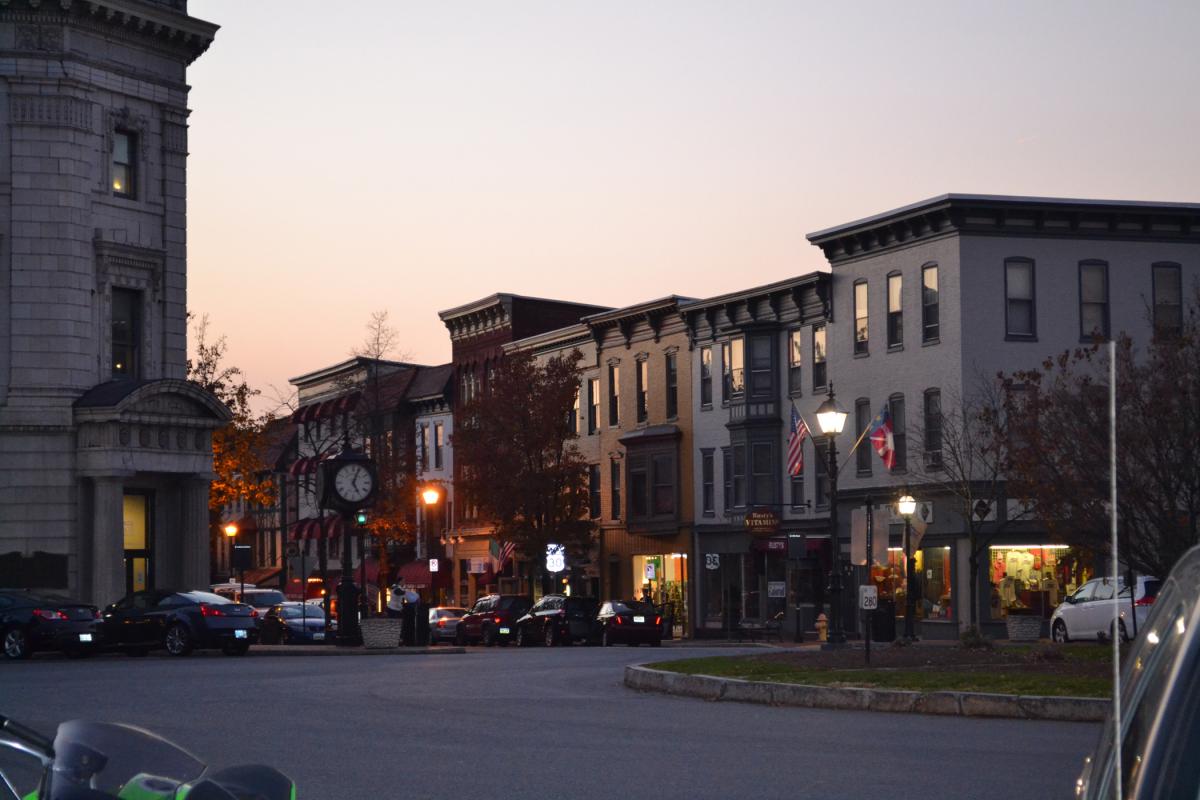 Dusk
Dusk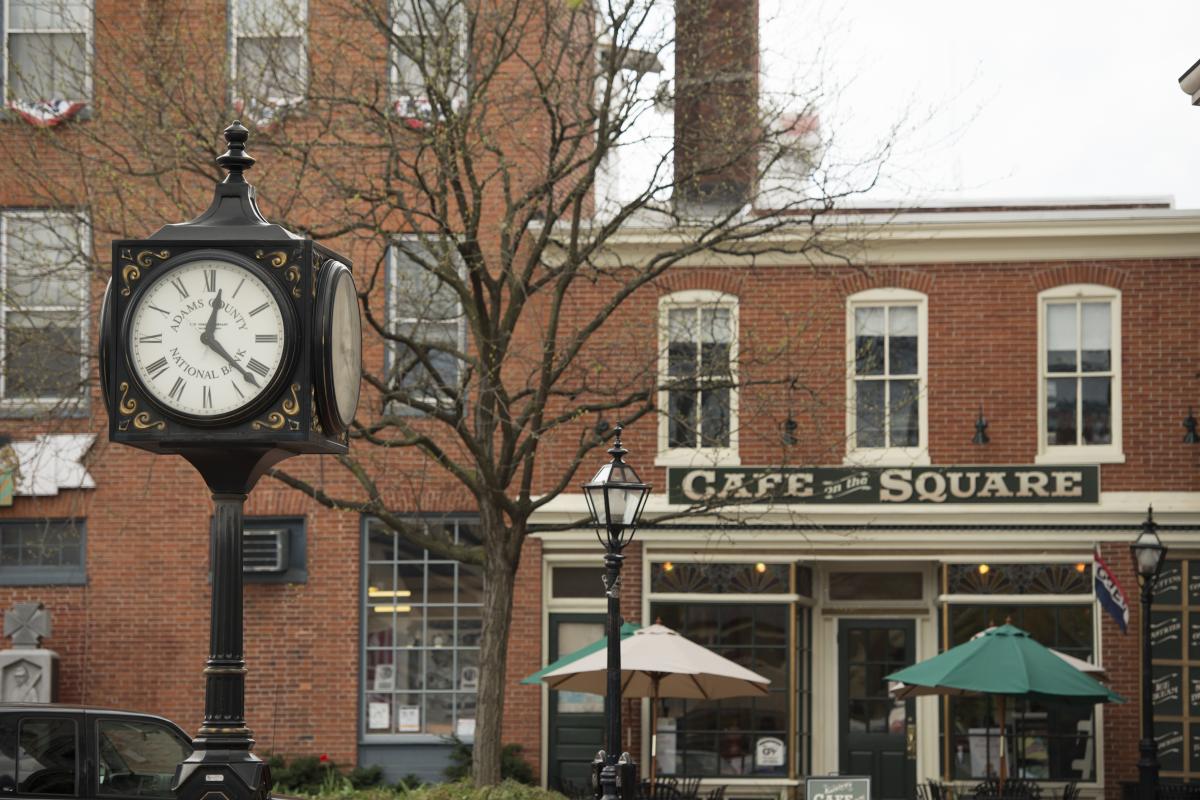 Clock
Clock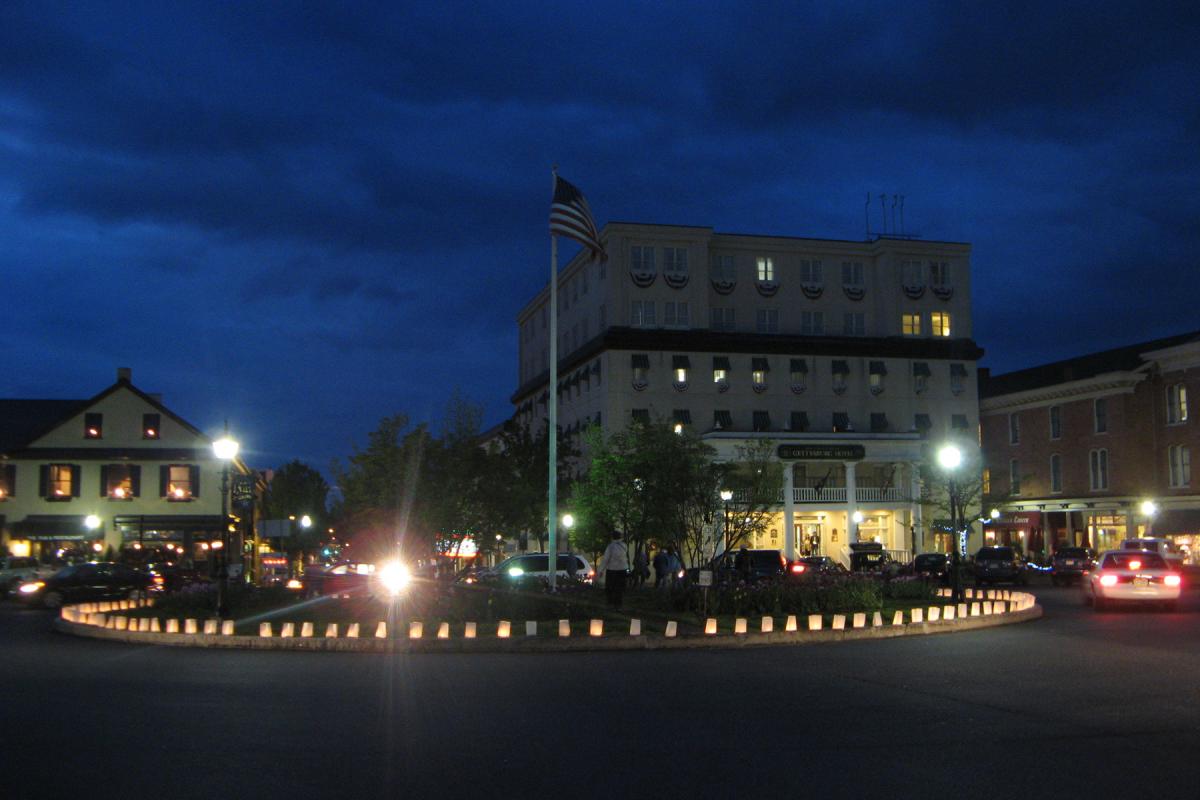 Luminary
Luminary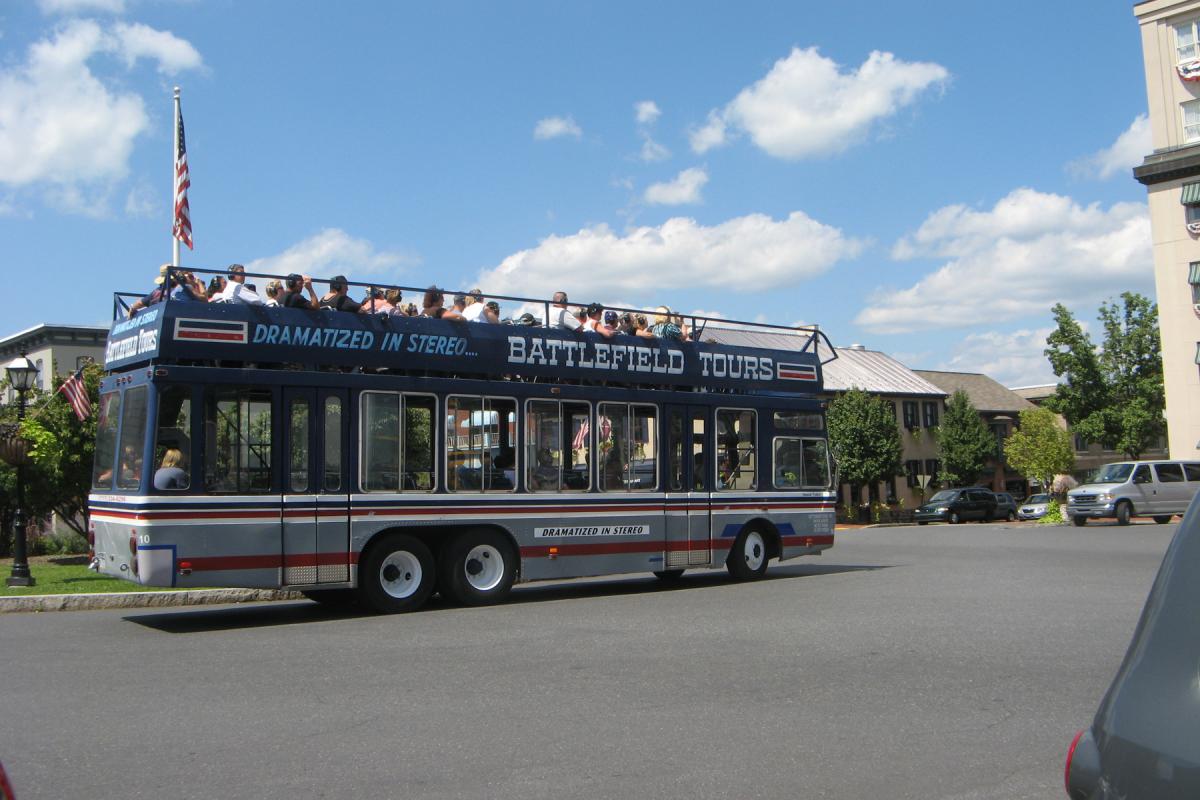 Tour Bus
Tour Bus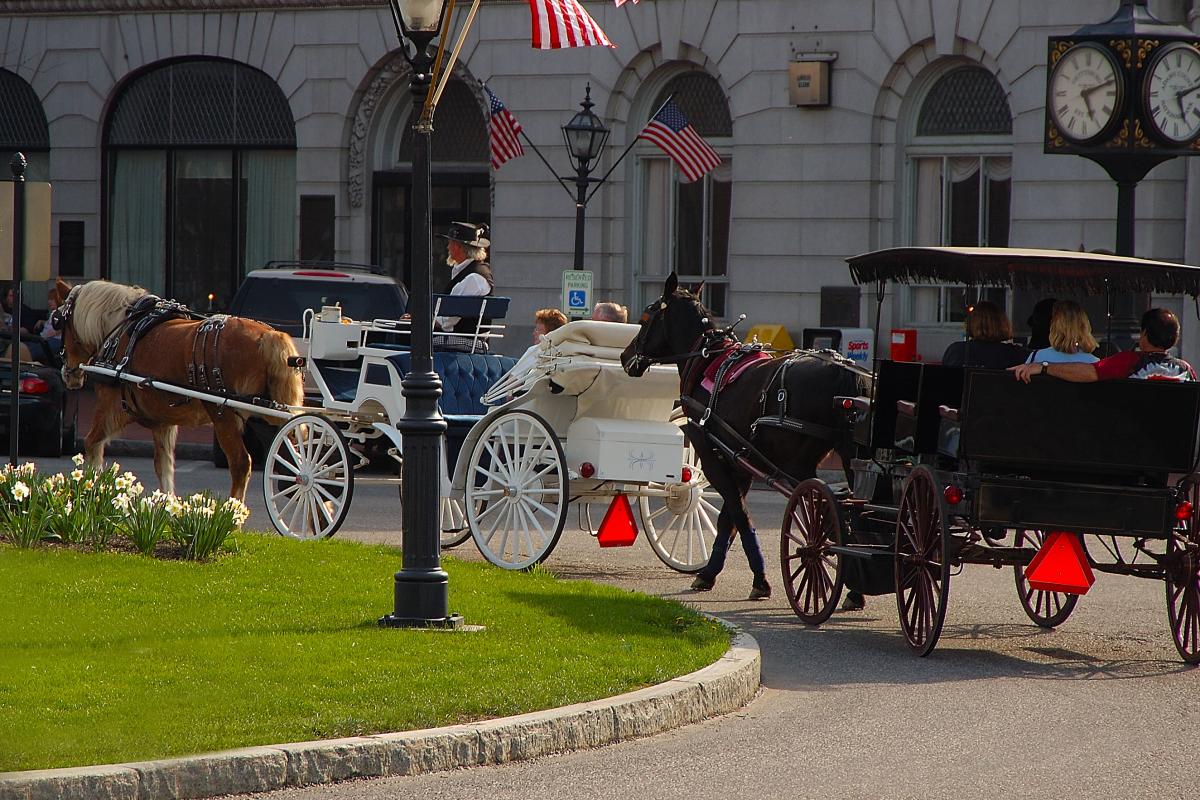 Carriage Ride
Carriage Ride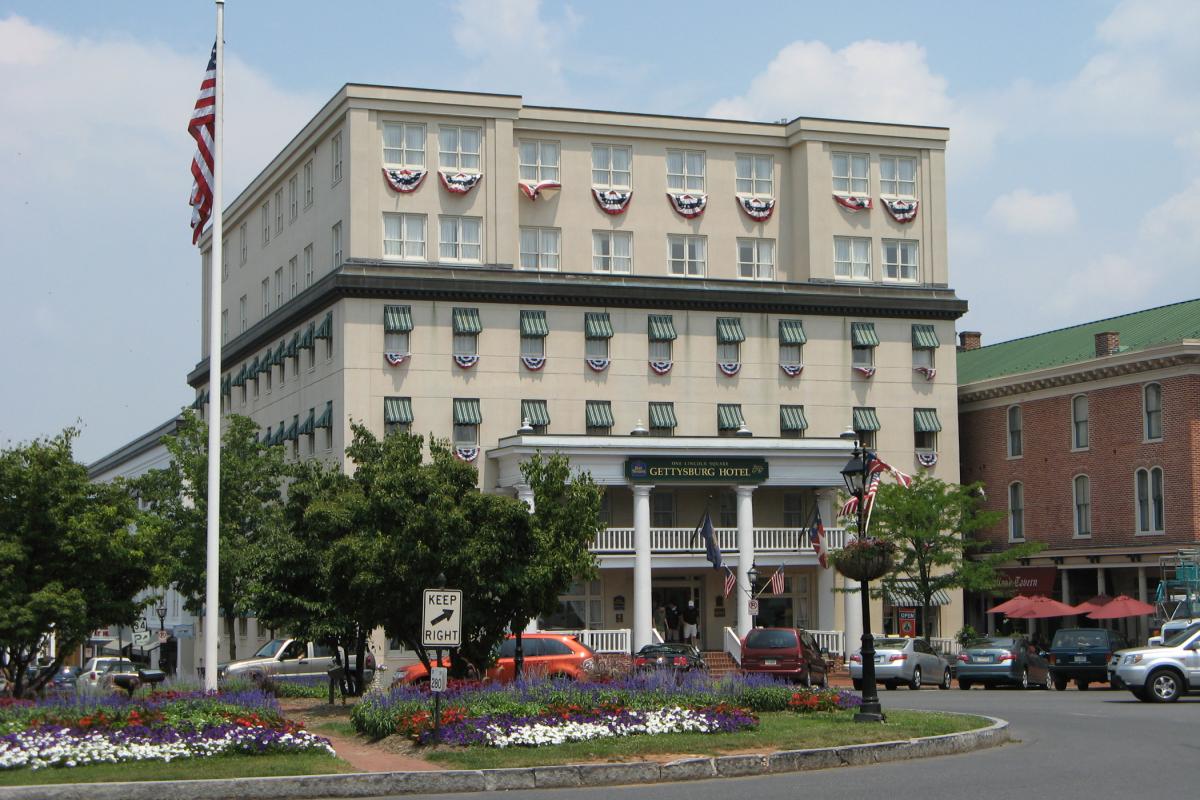 Gettysburg Hotel
Gettysburg Hotel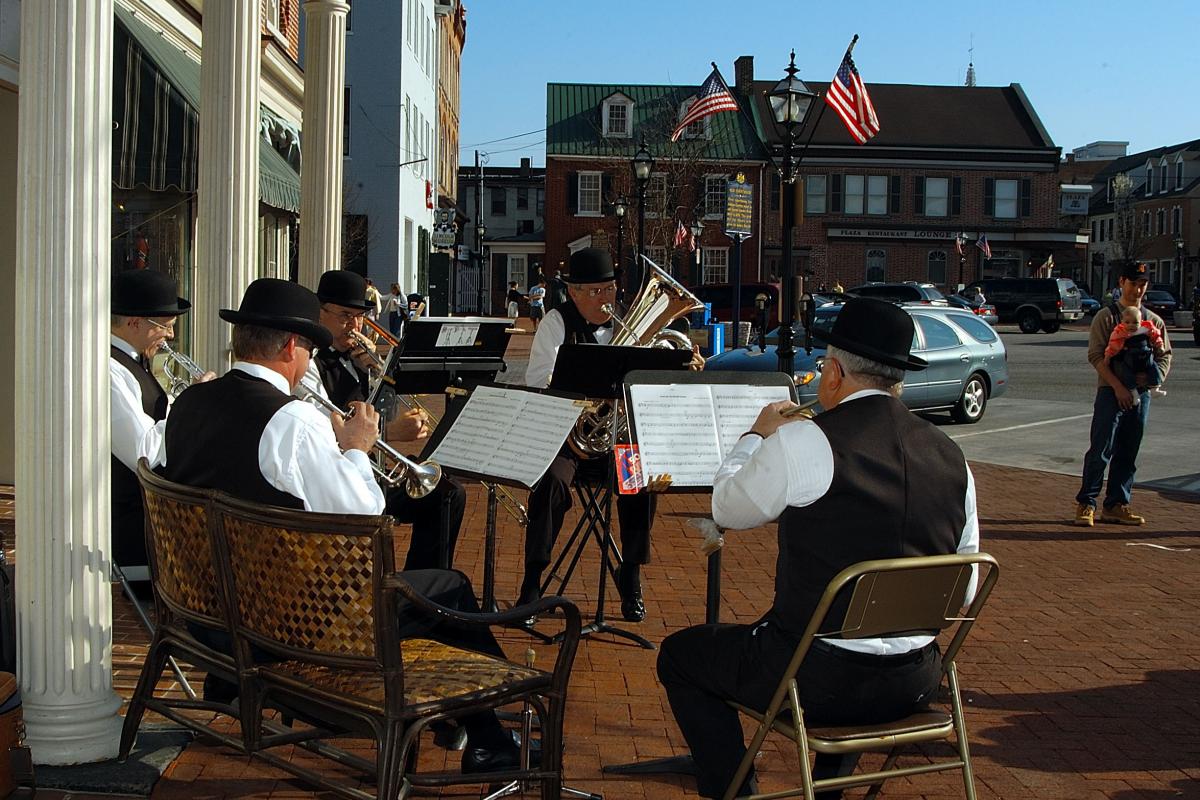 Street Entertainment
Street Entertainment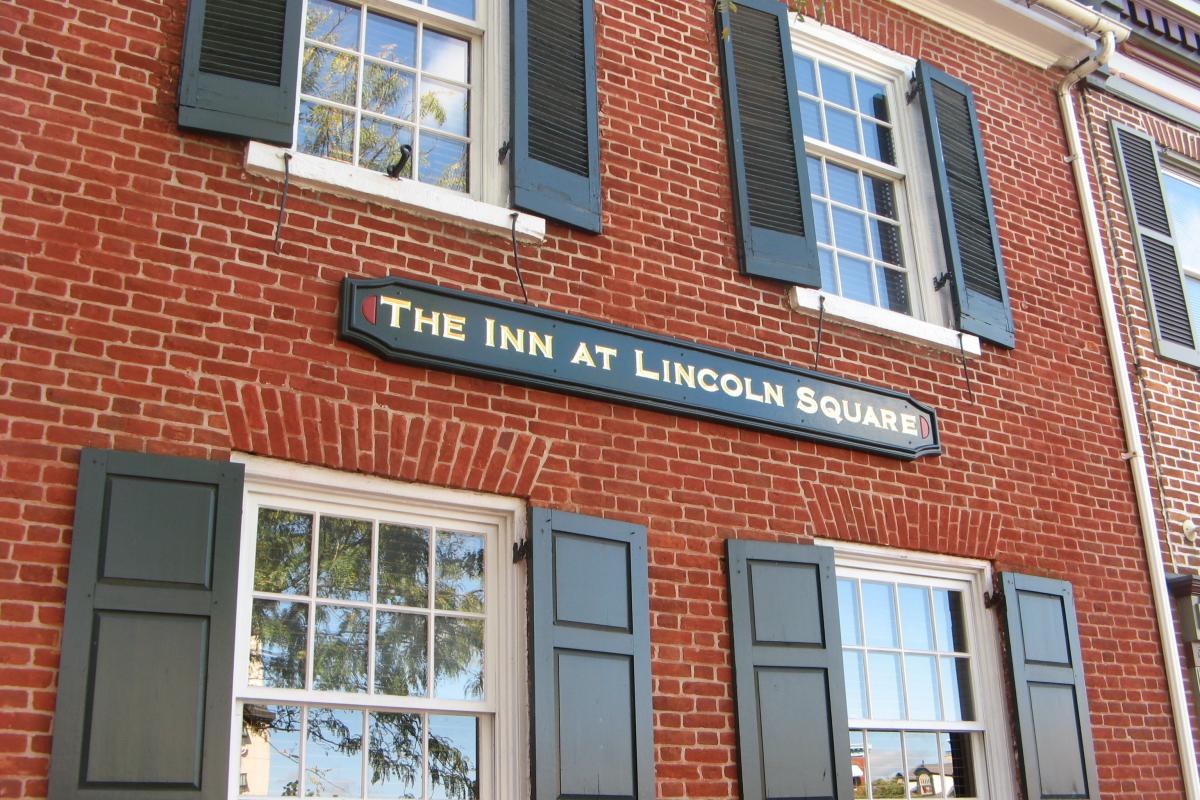 Wills House
Wills House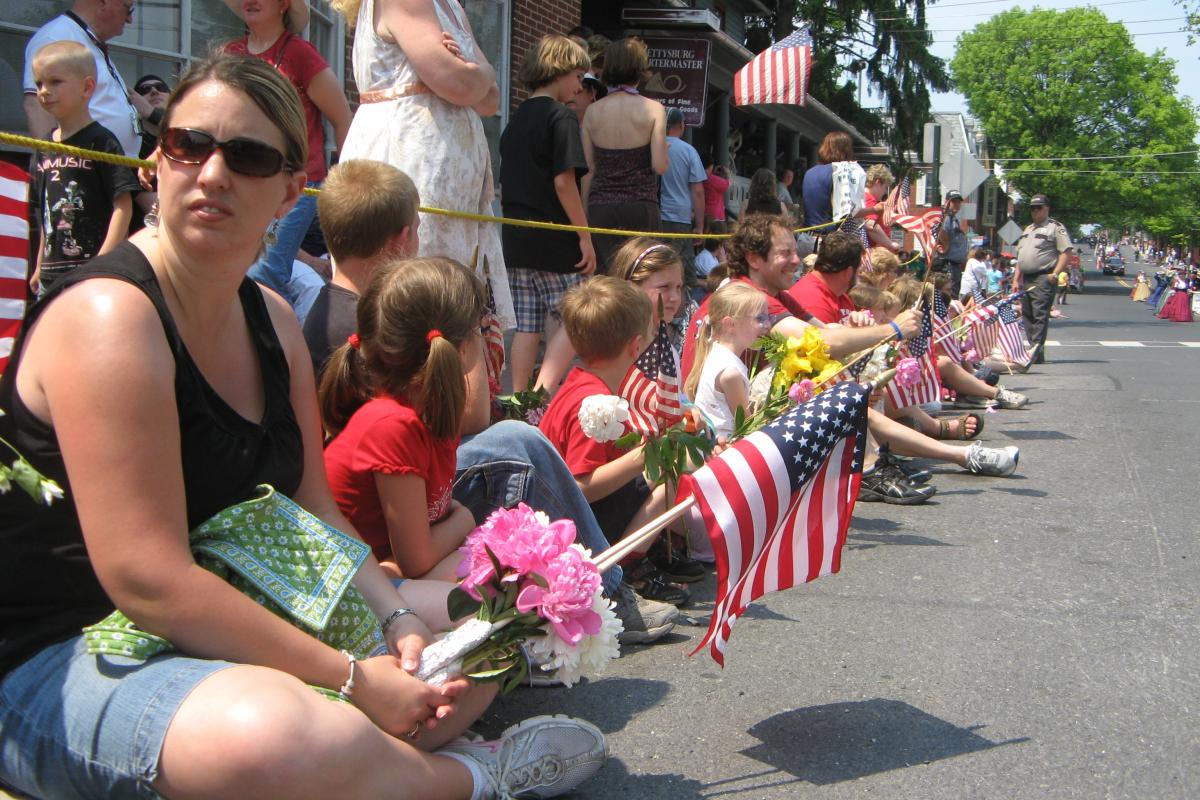 Parade Spectators
Parade Spectators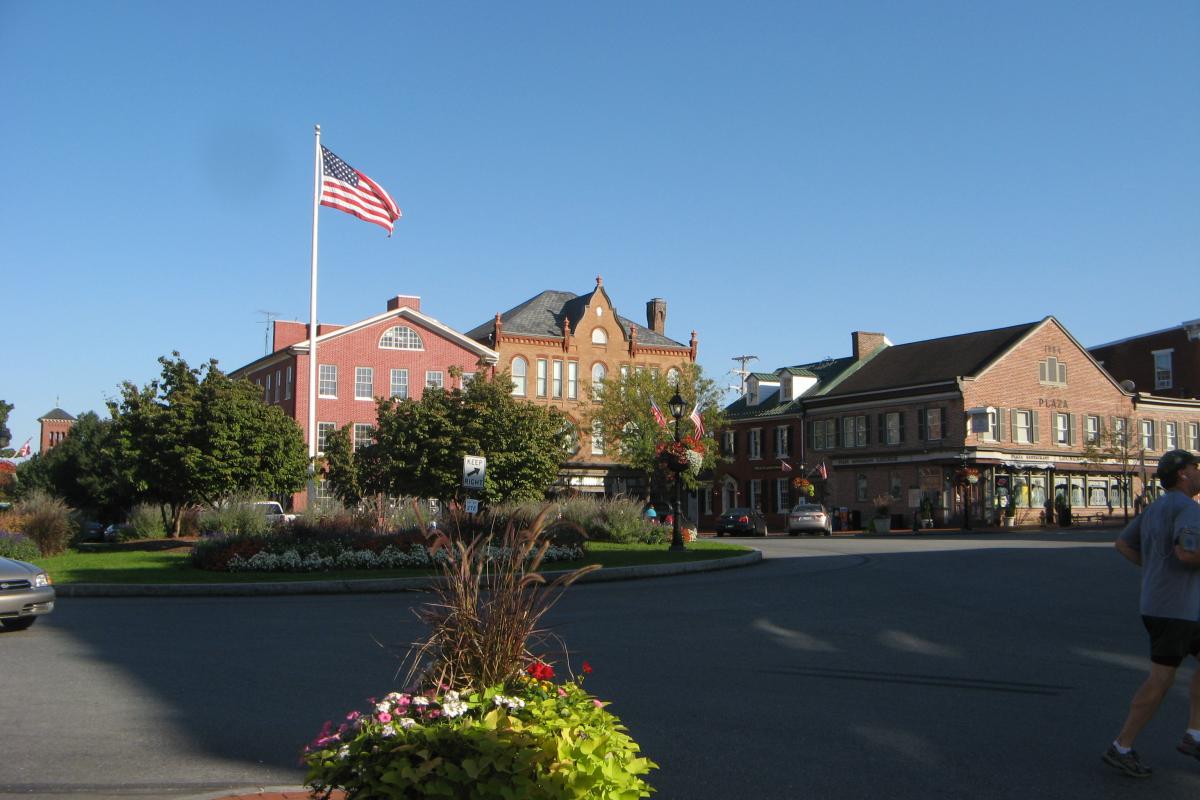 Lincoln Square
Lincoln Square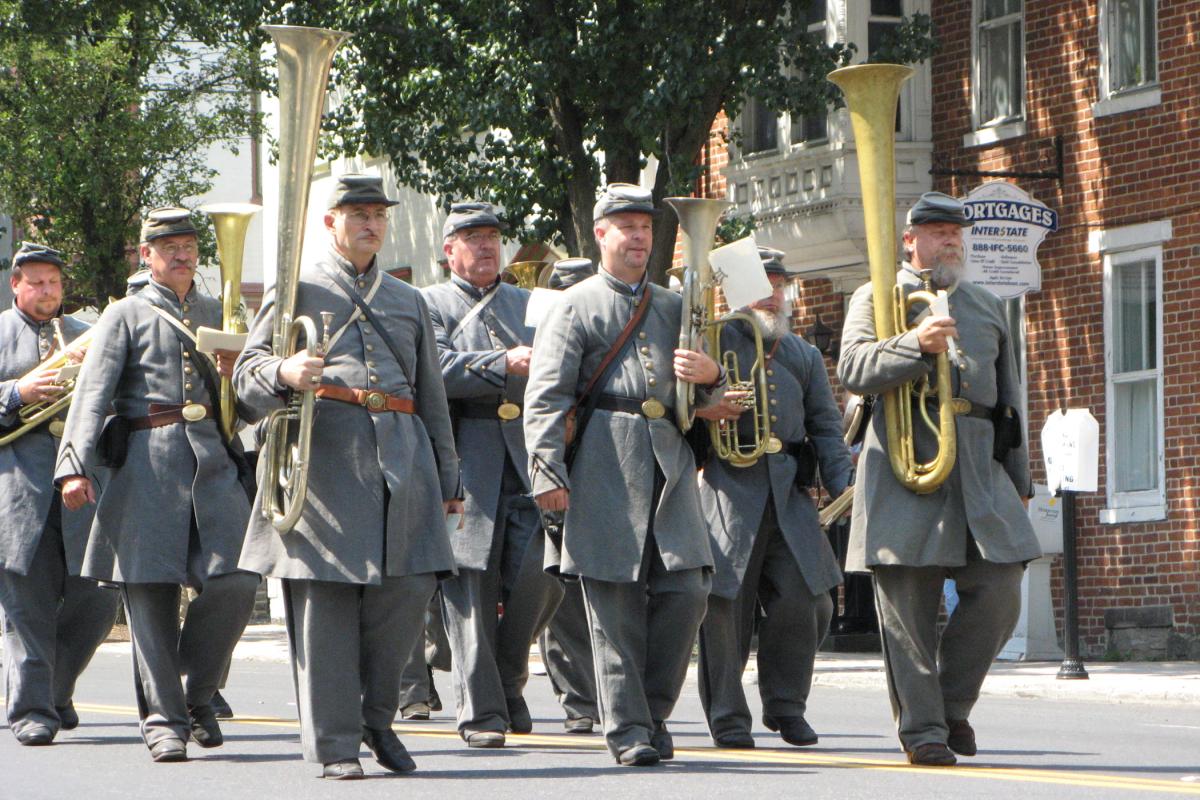 Marching
Marching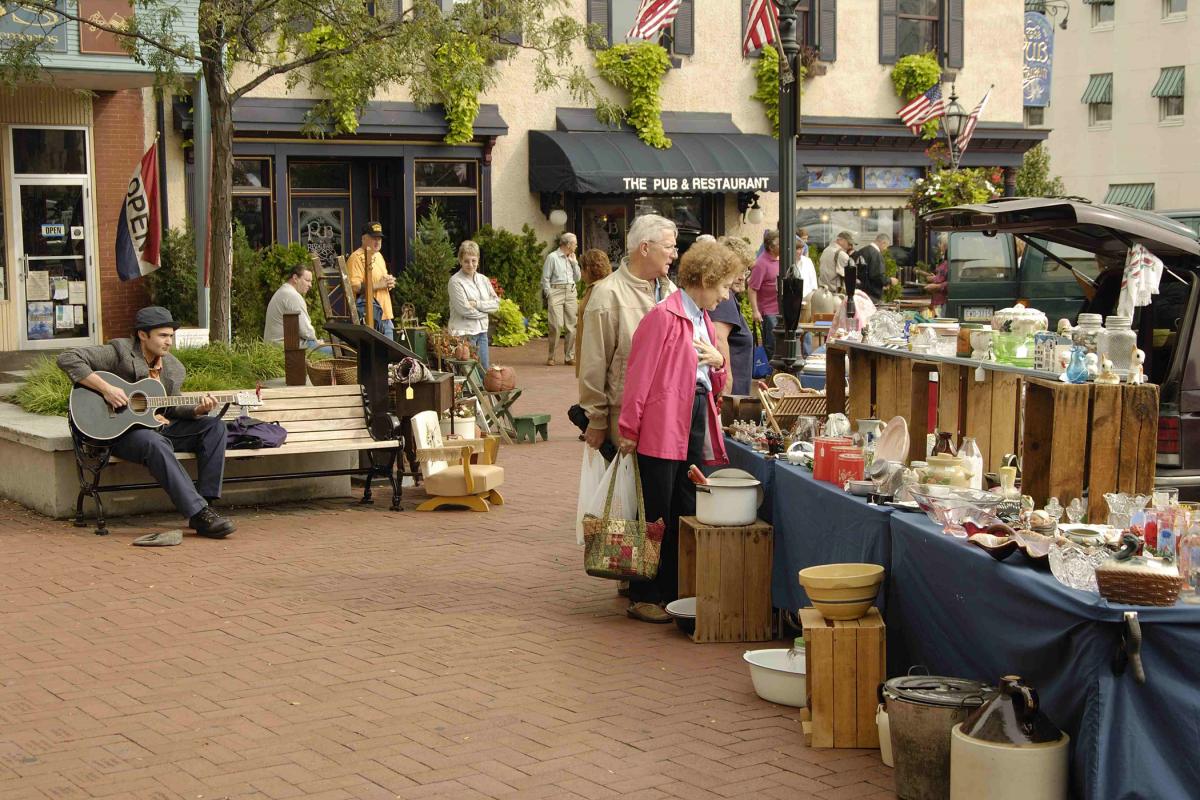 Street Shopping
Street Shopping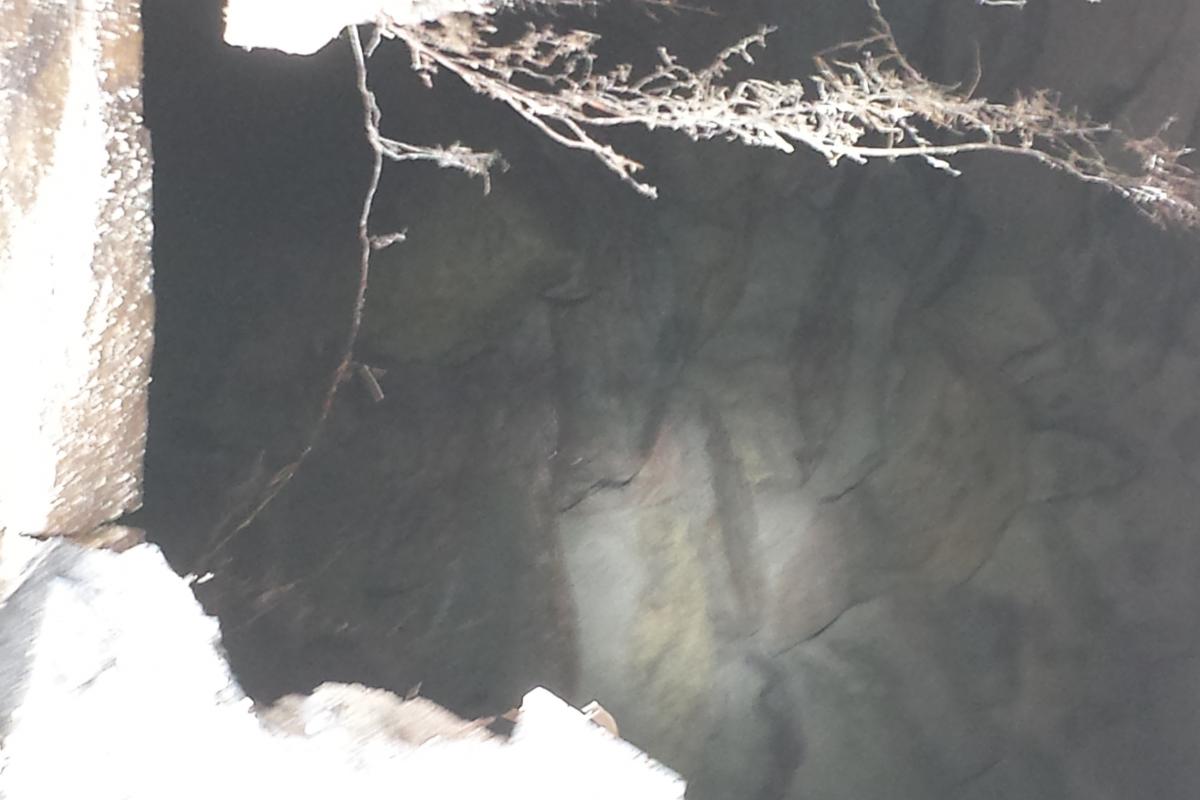 Unearthed Civil War Well
Unearthed Civil War Well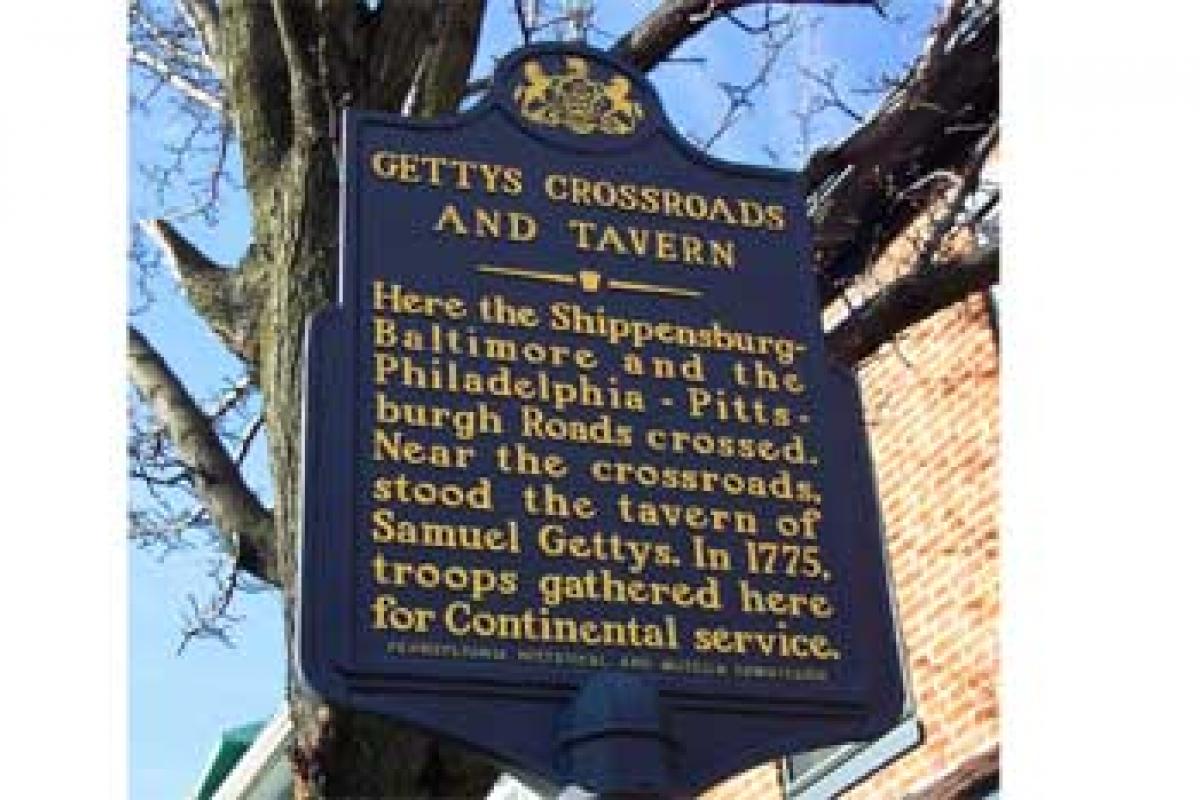 Historic Marker
Historic Marker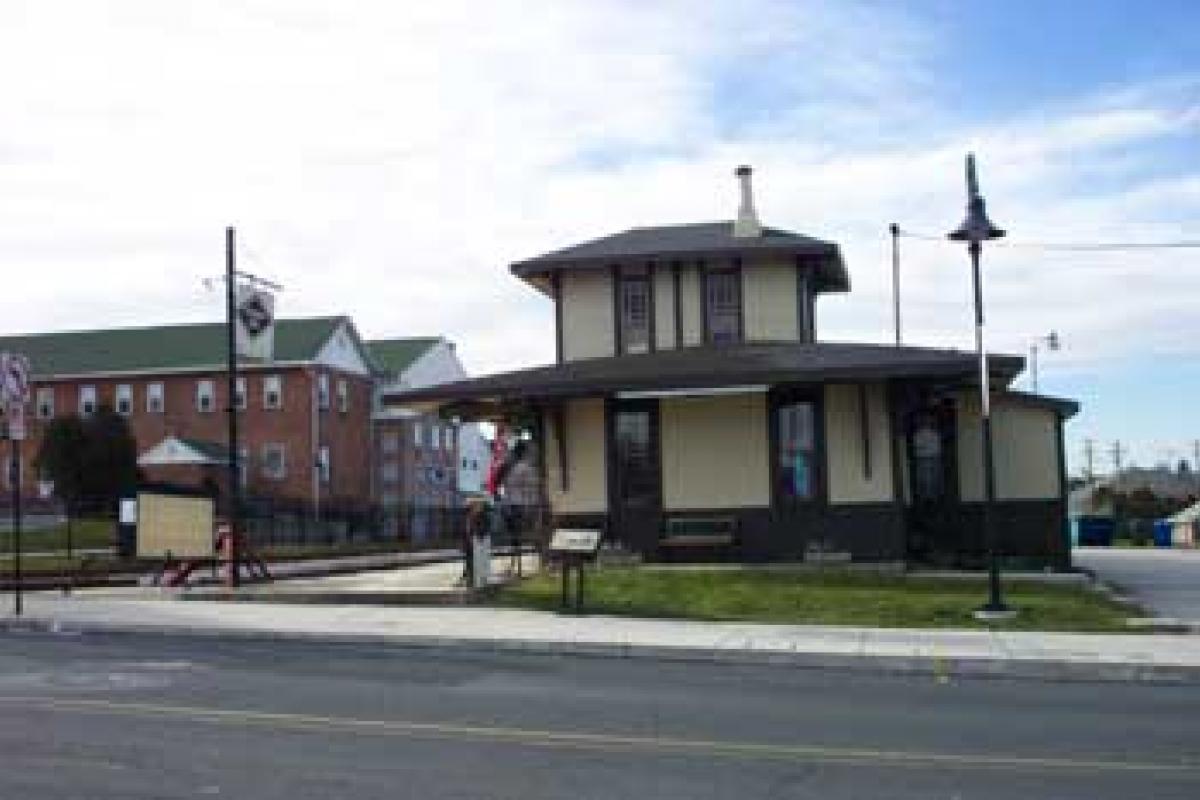 Train Depot
Train Depot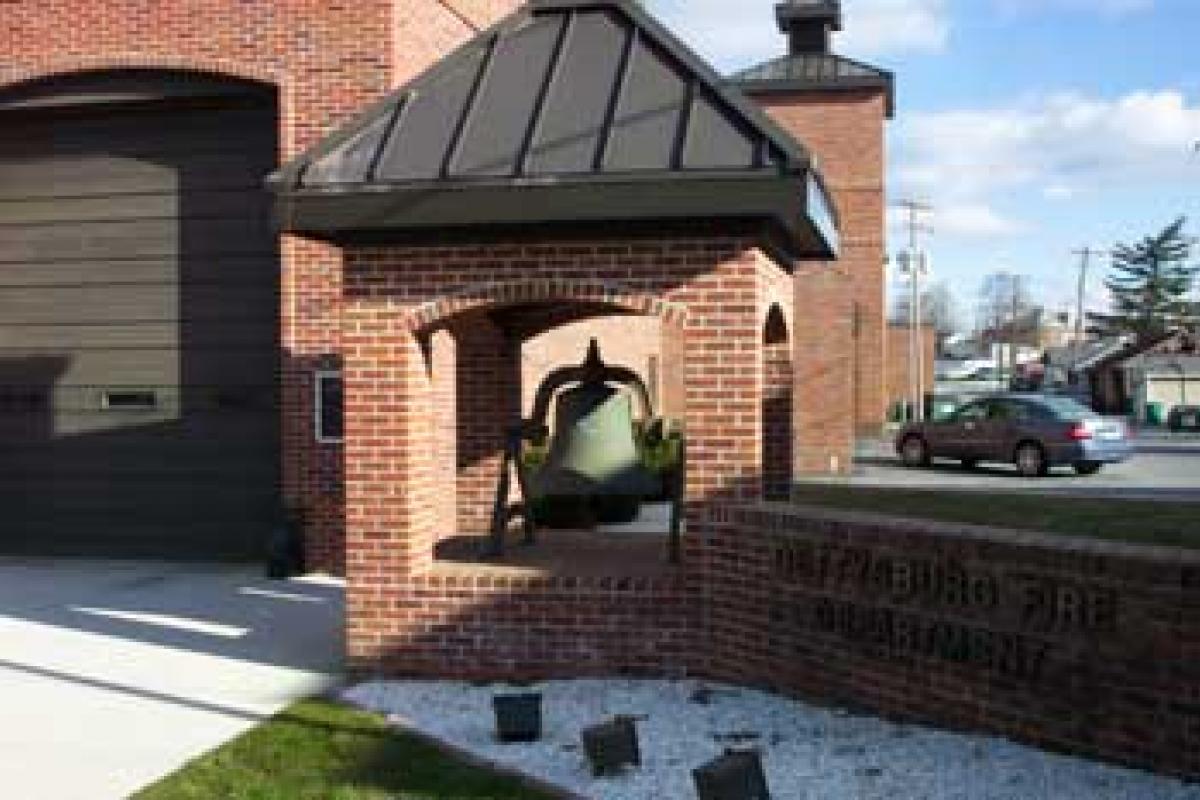 Fire Station
Fire Station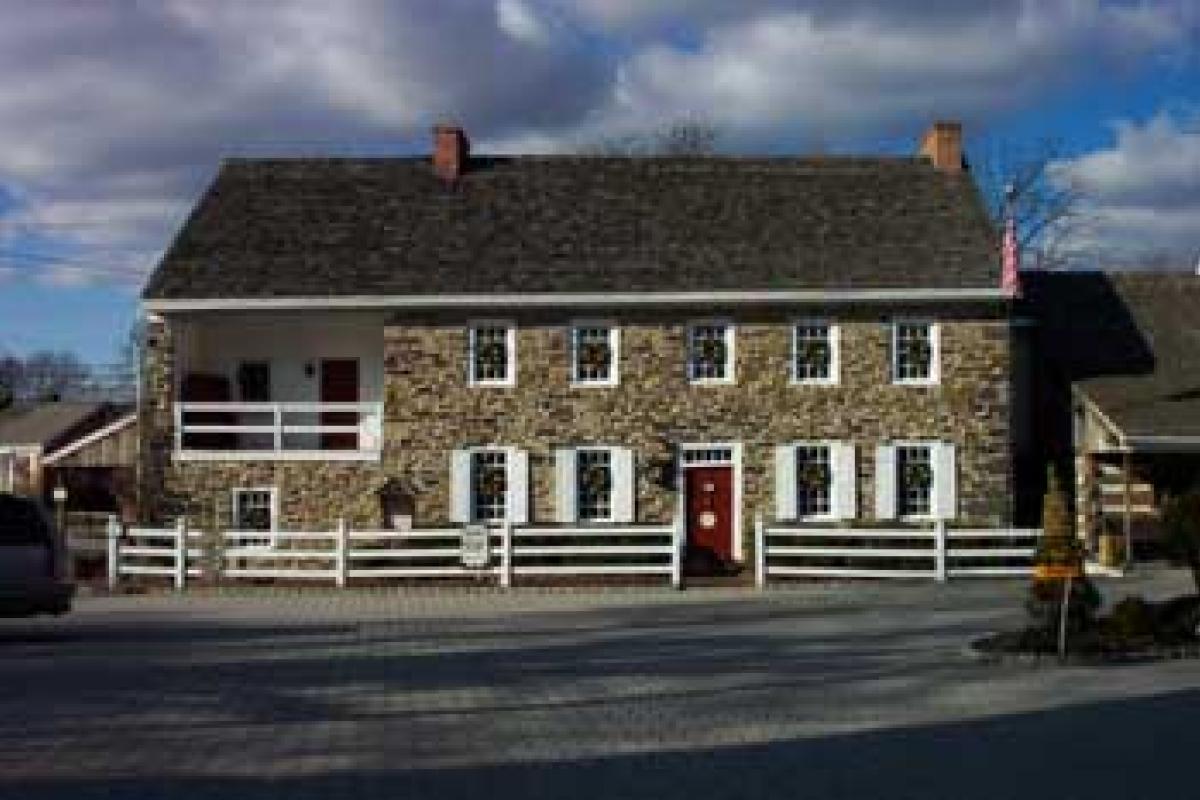 Dobbins House
Dobbins House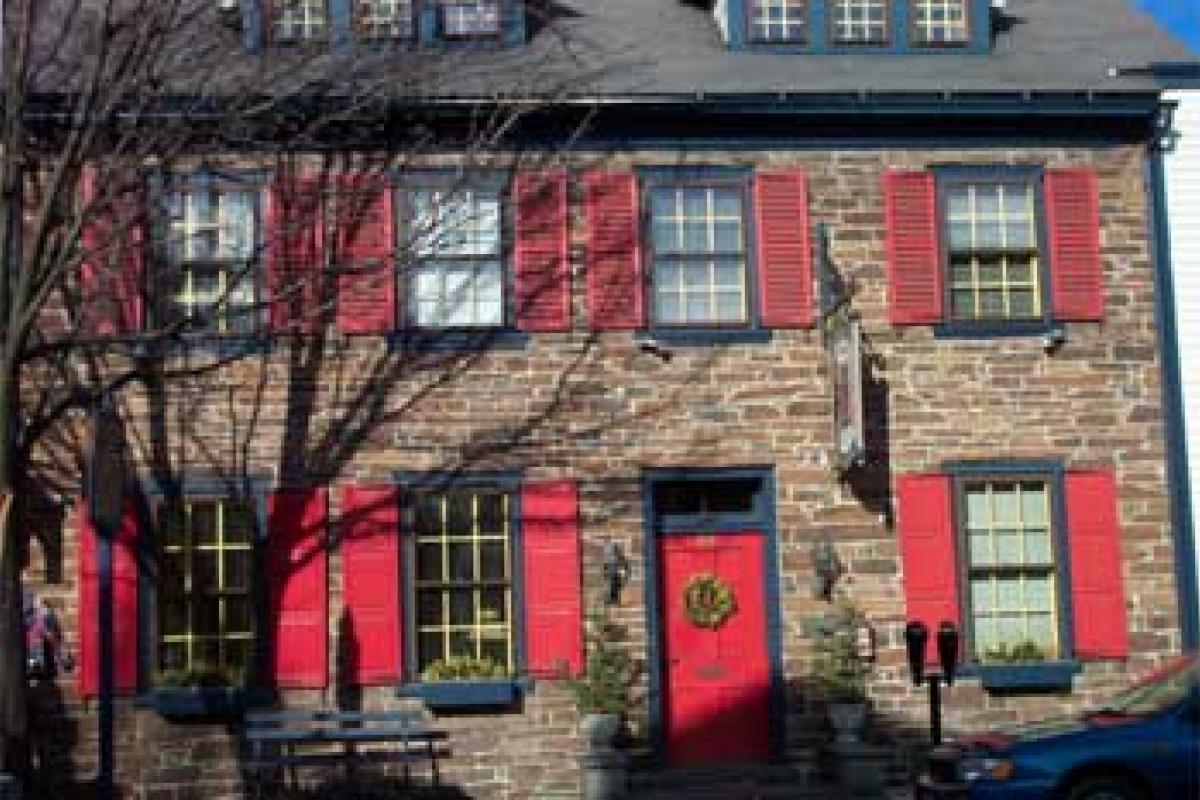 Farnsworth House
Farnsworth House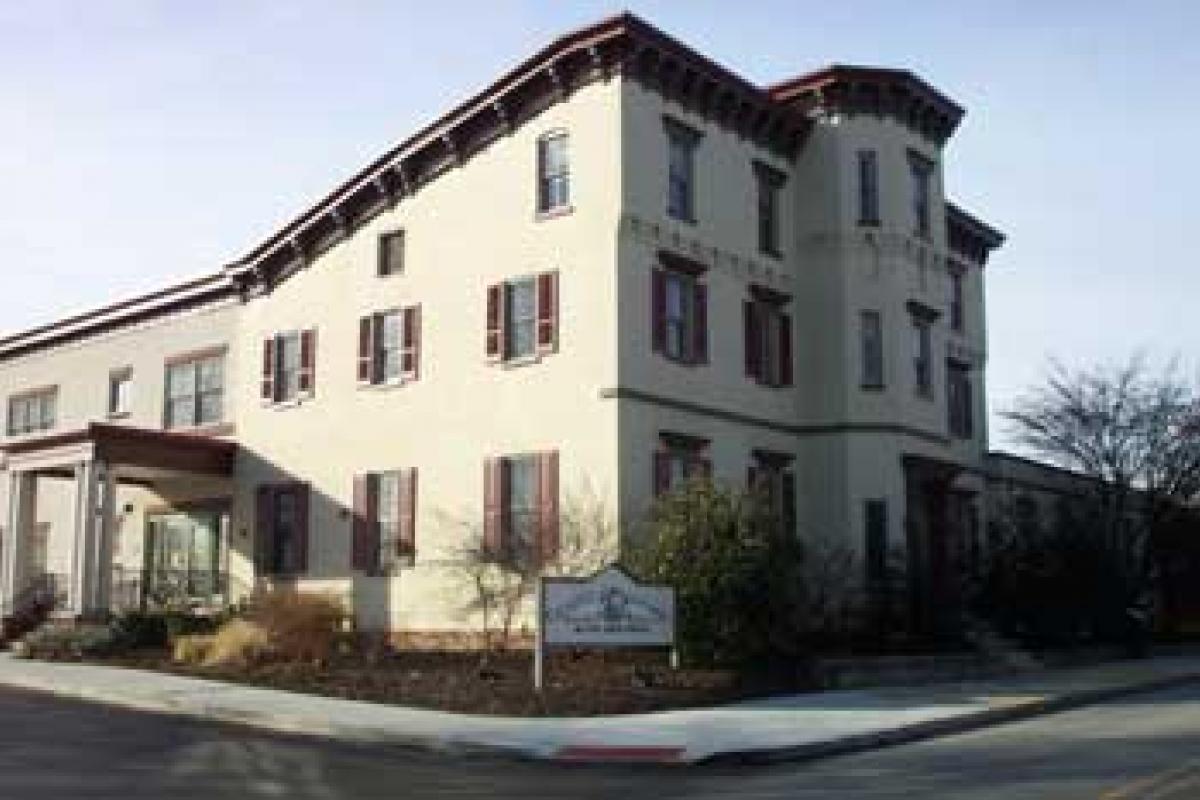 Municipal Building (Old Adams County Prison During Civil War)
Municipal Building (Old Adams County Prison During Civil War)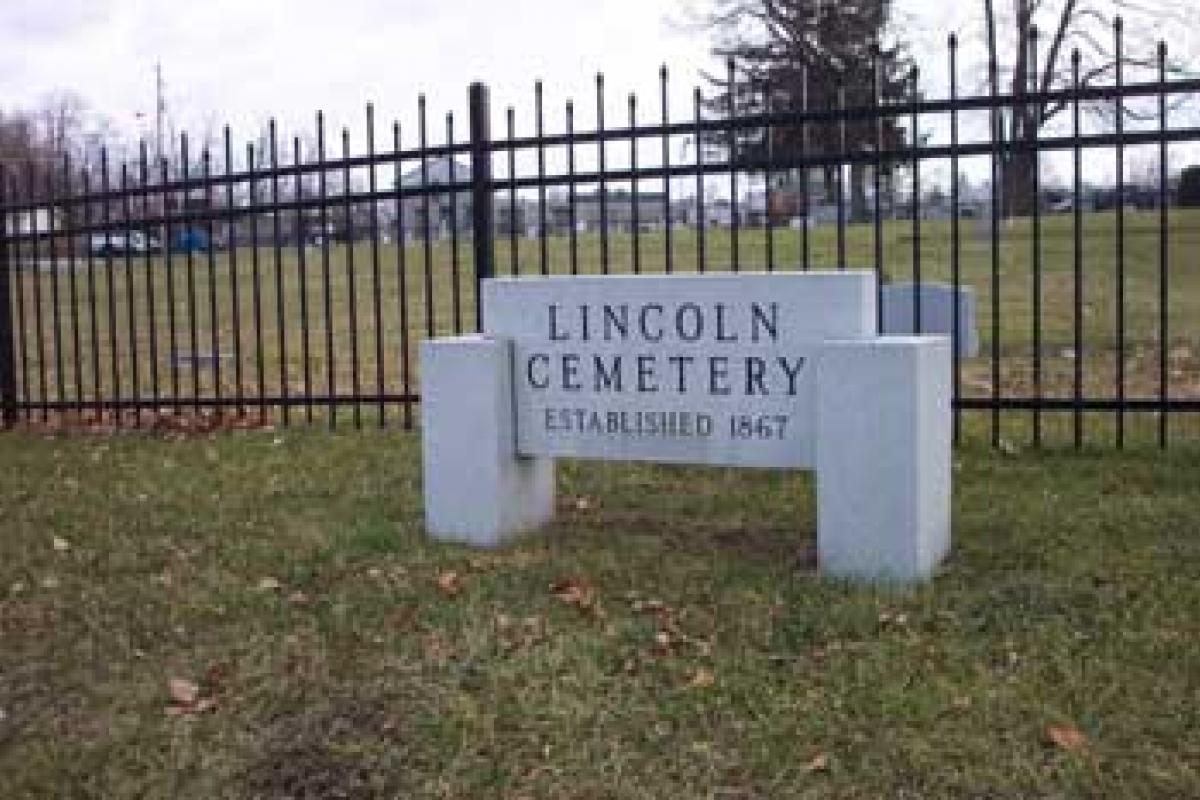 Lincoln Cemetery
Lincoln Cemetery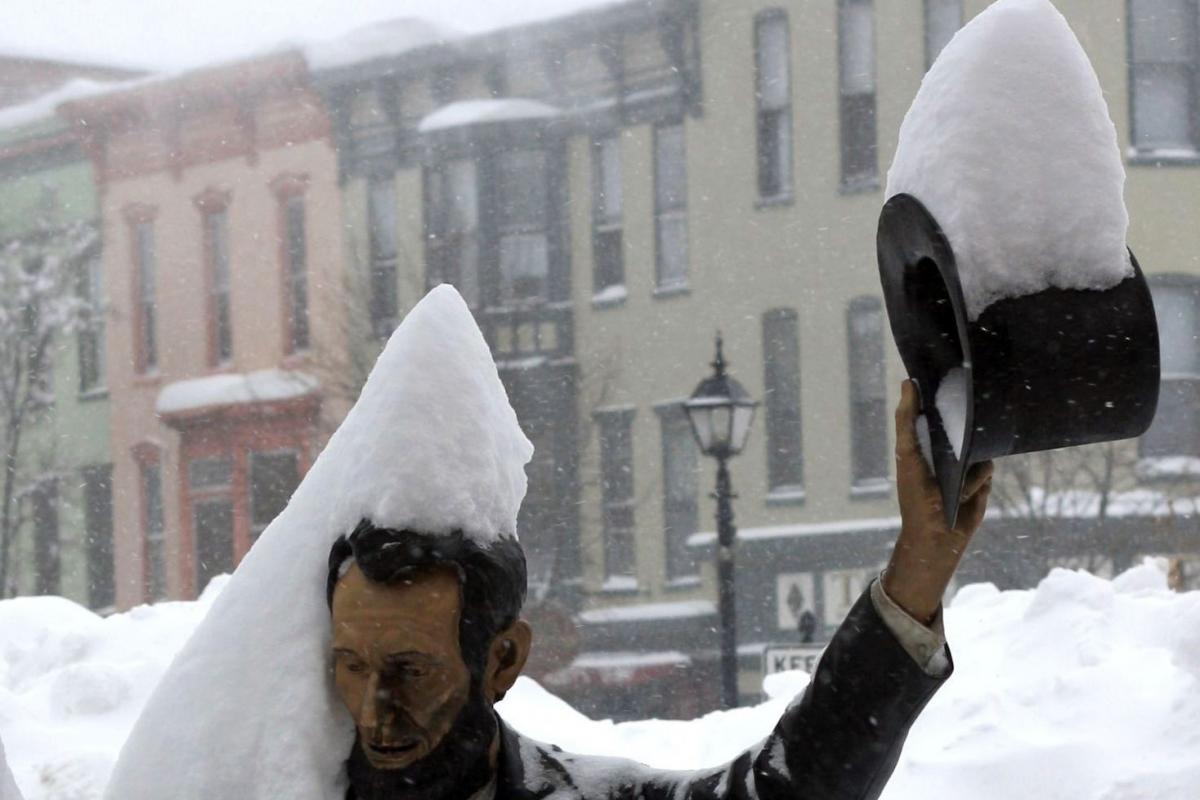 Snowy Abe
Snowy Abe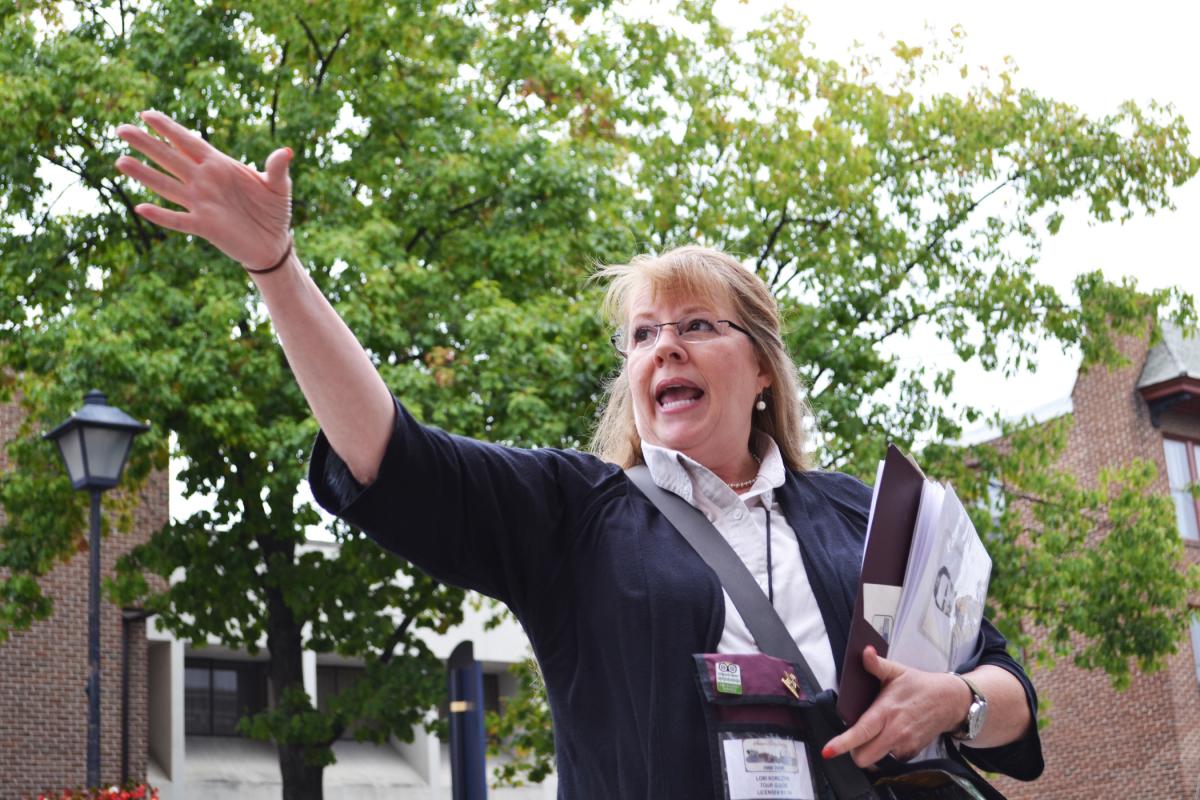 Tour Guide
Tour Guide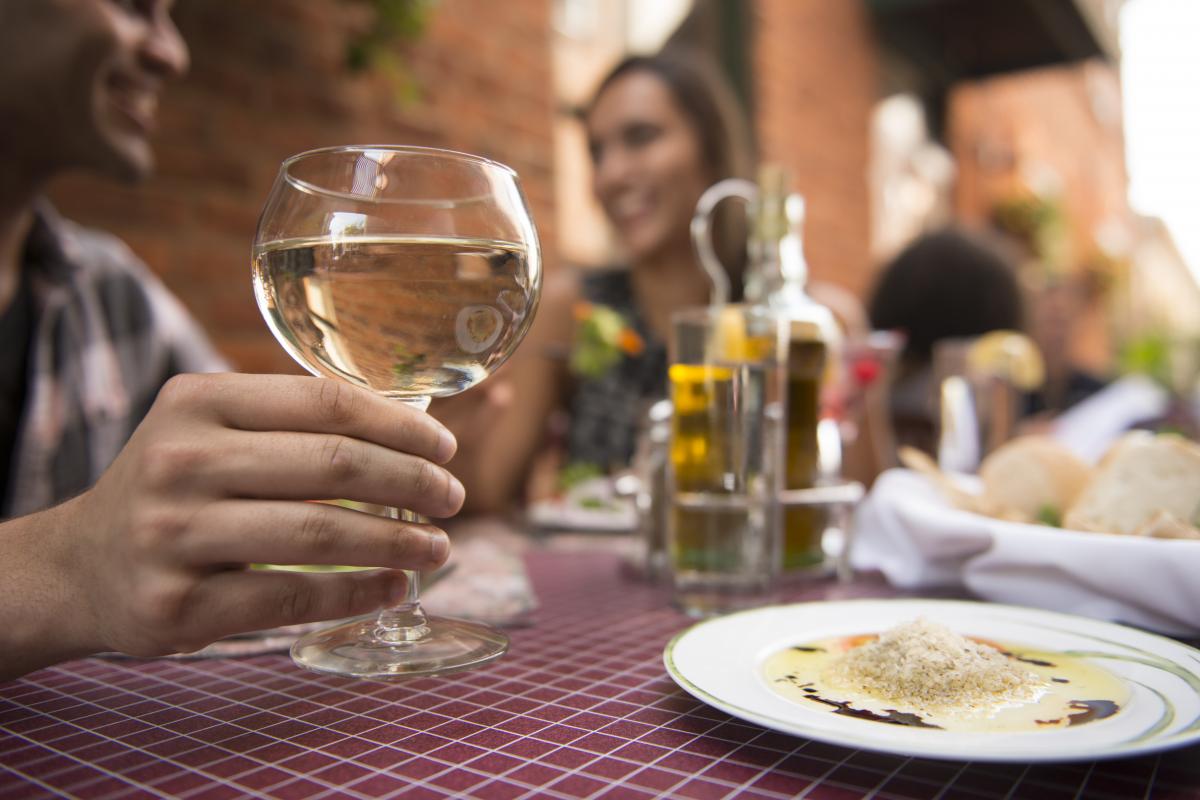 Food. Friends. Fun.
Food. Friends. Fun.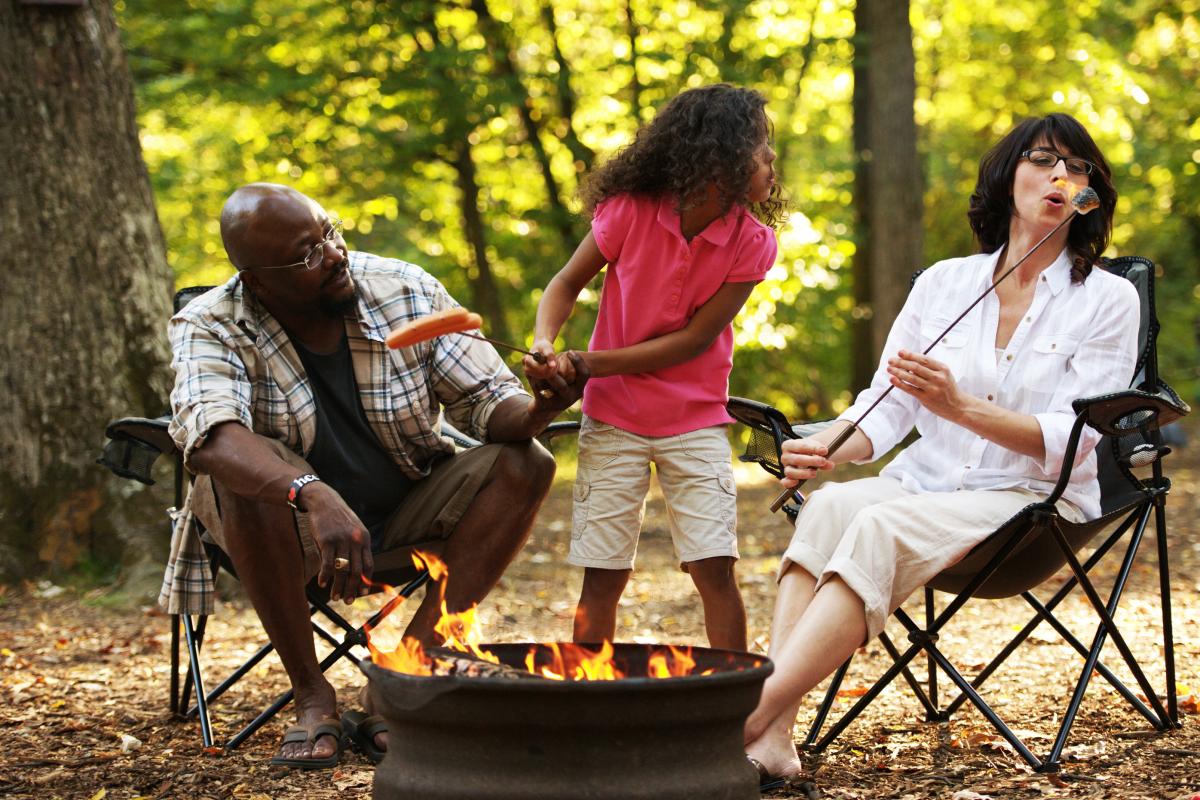 Family Time
Family Time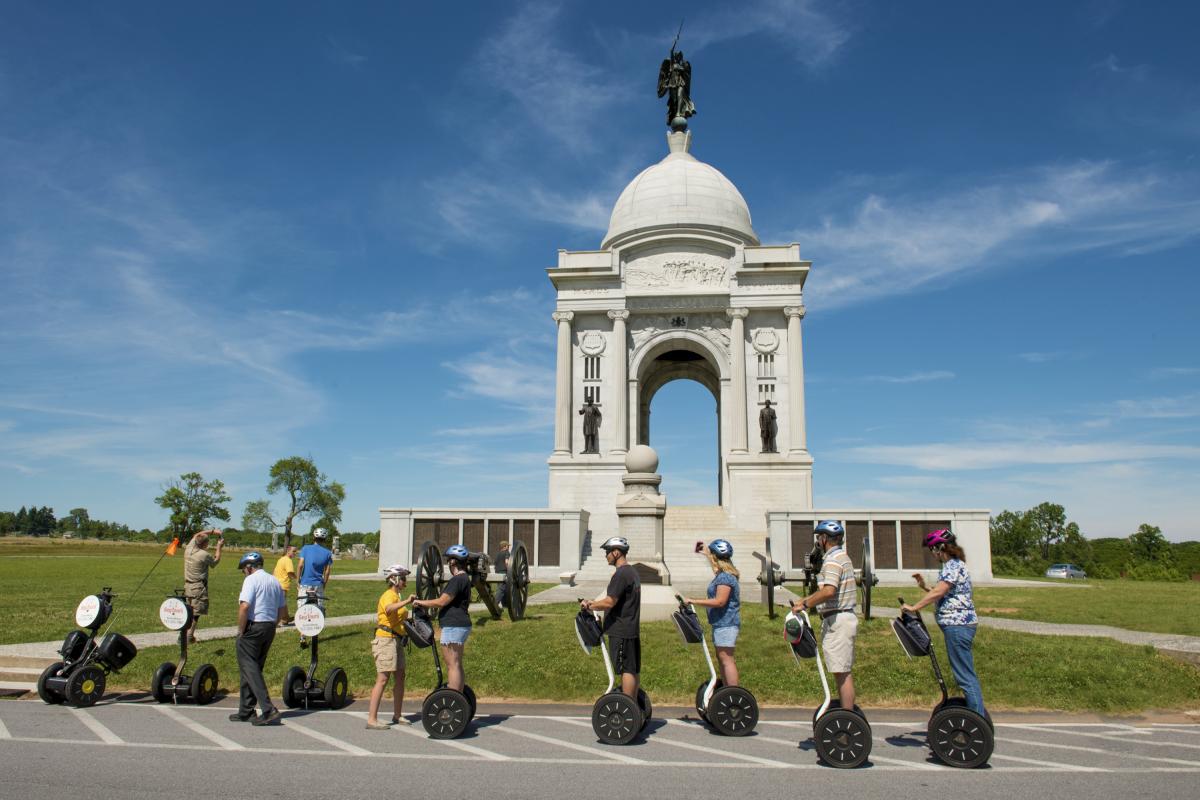 Segwey Tour
Segwey Tour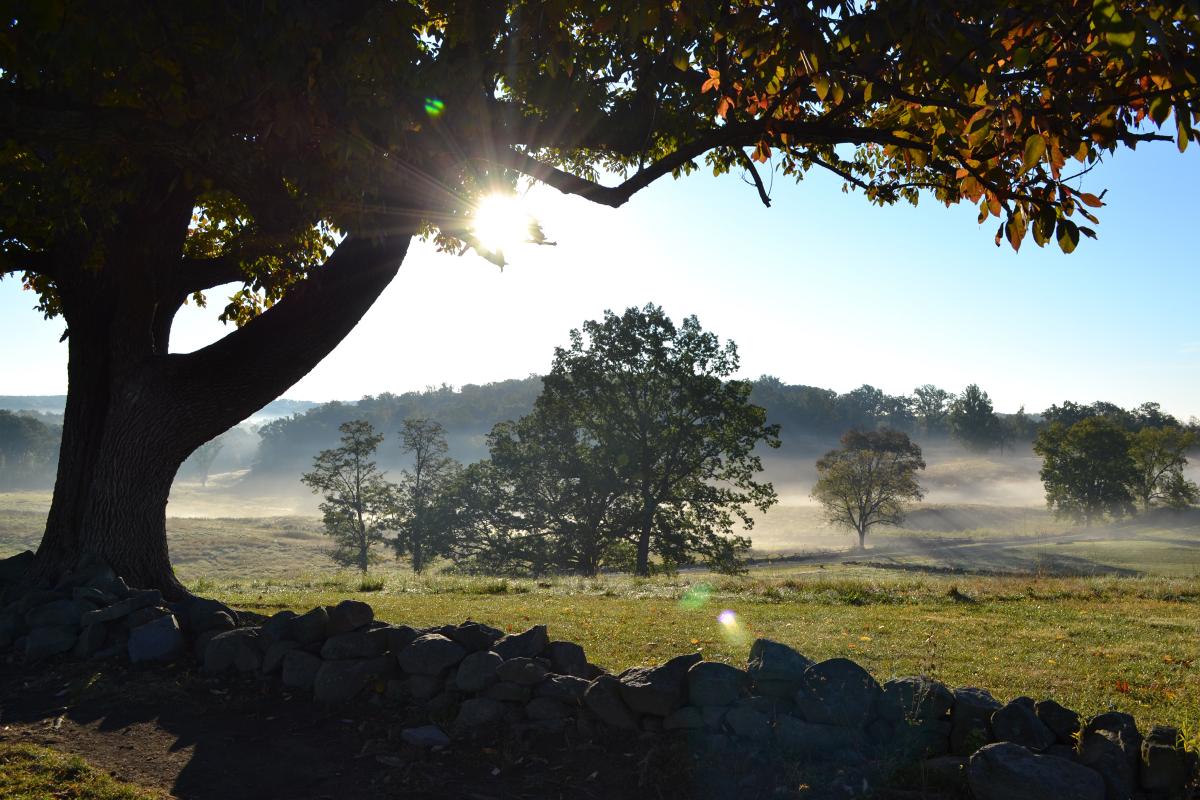 Mist
Mist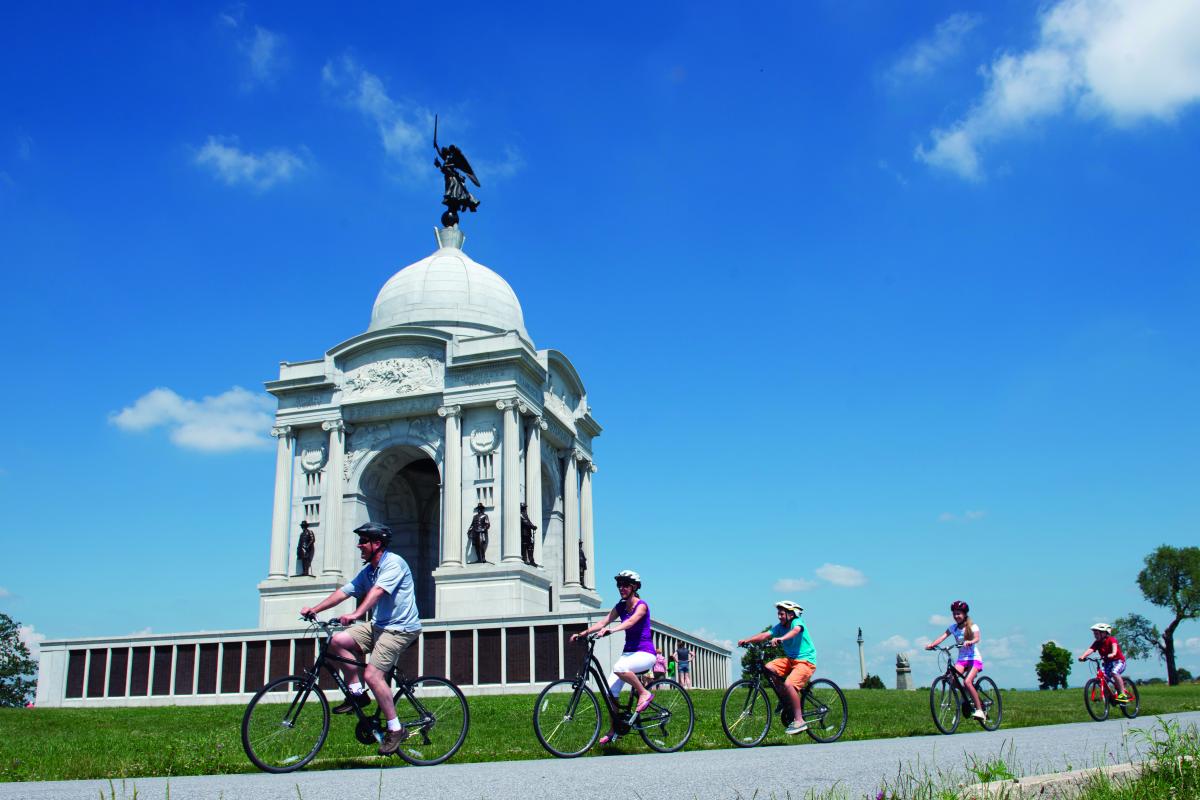 Pennsylvania Monument
Pennsylvania Monument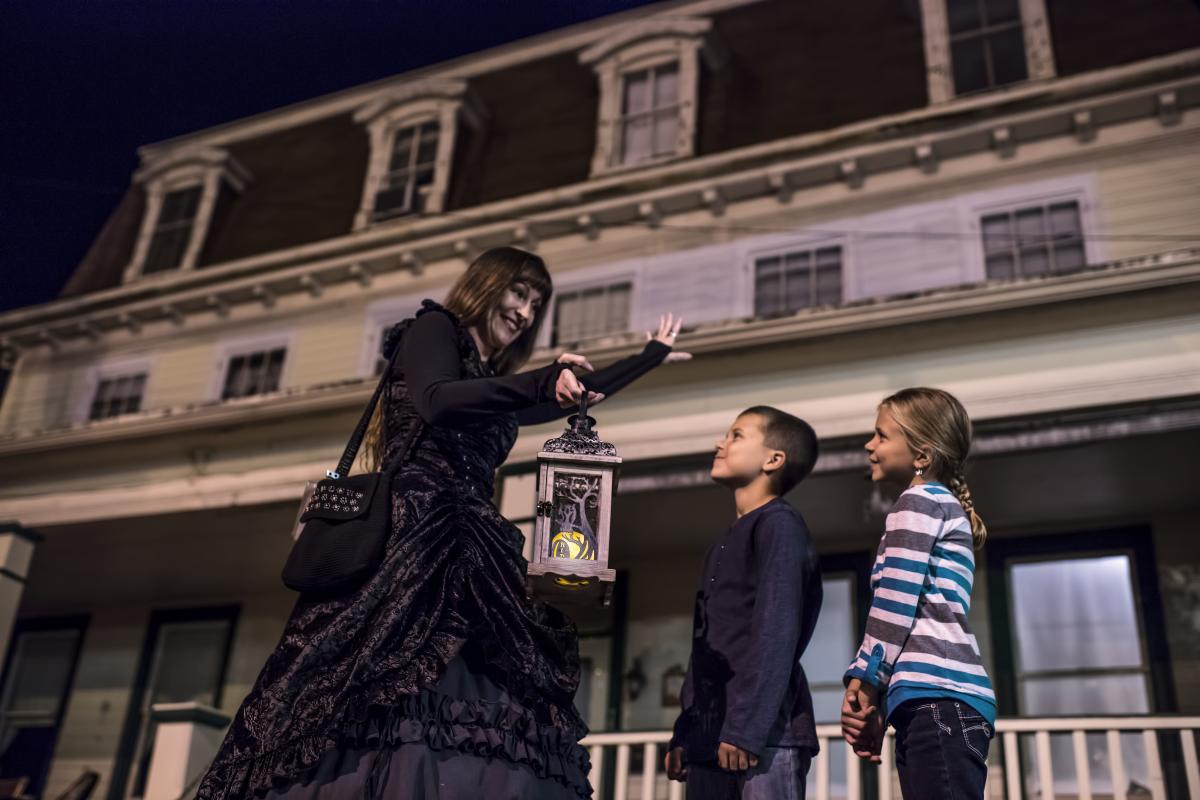 Ghostly Sightings
Ghostly Sightings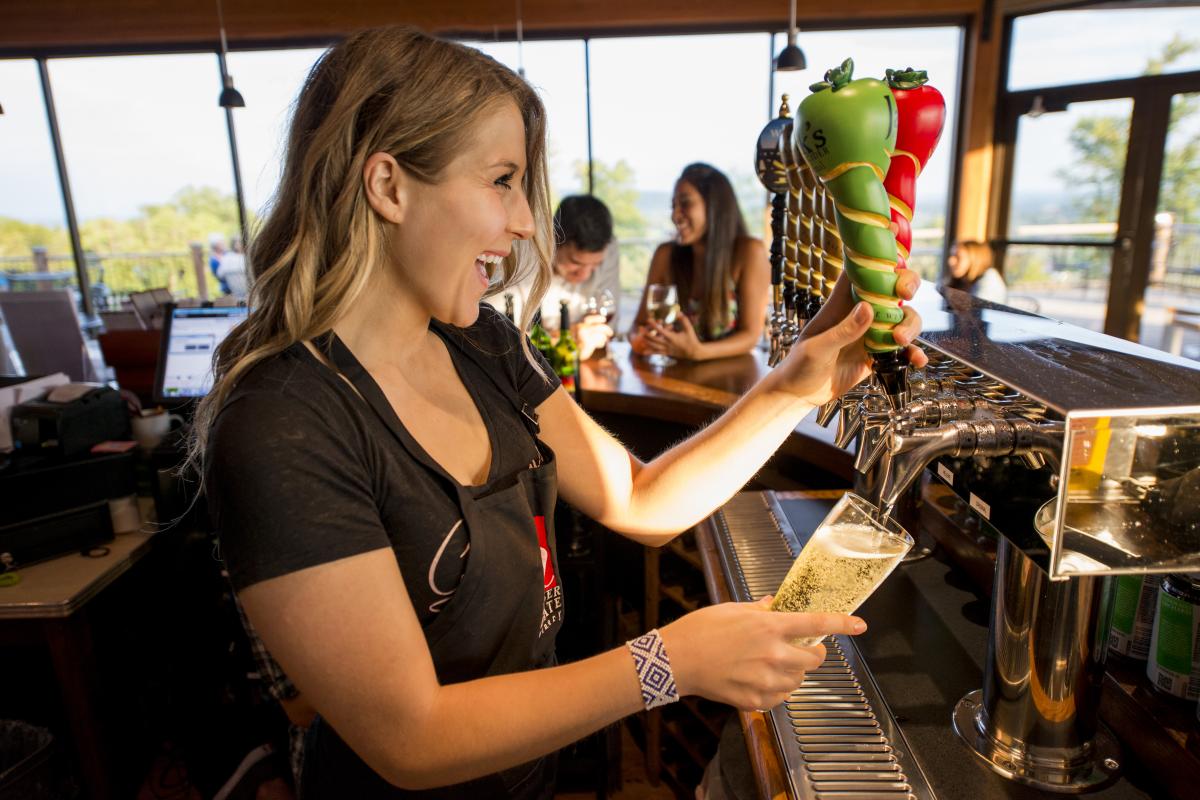 Shopping
Shopping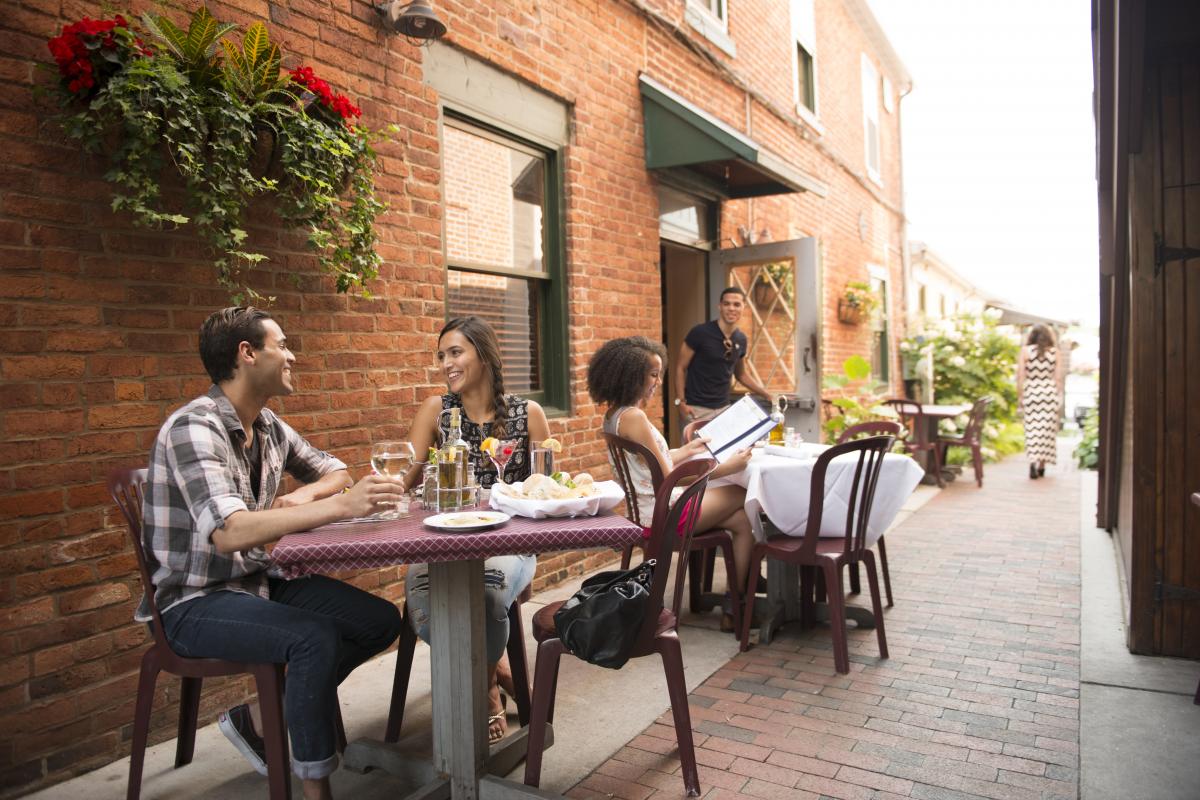 Outdoor dining
Outdoor dining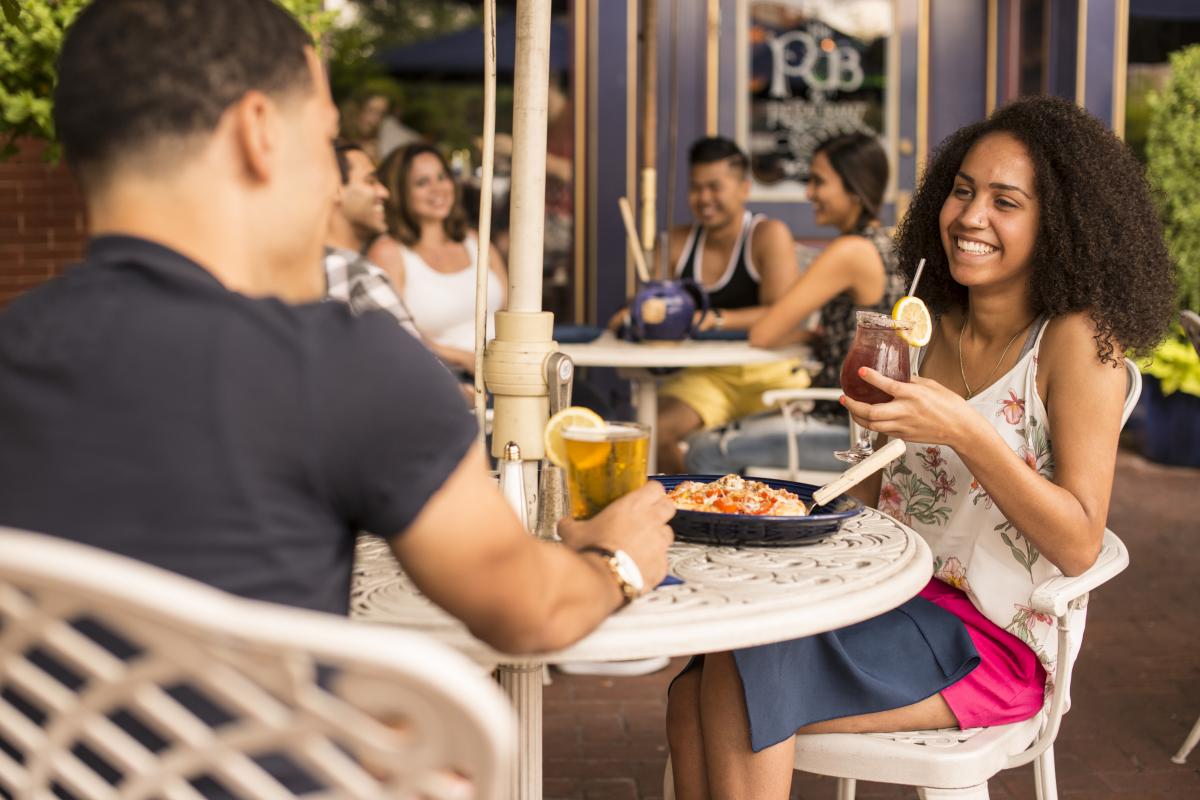 Good Times
Good Times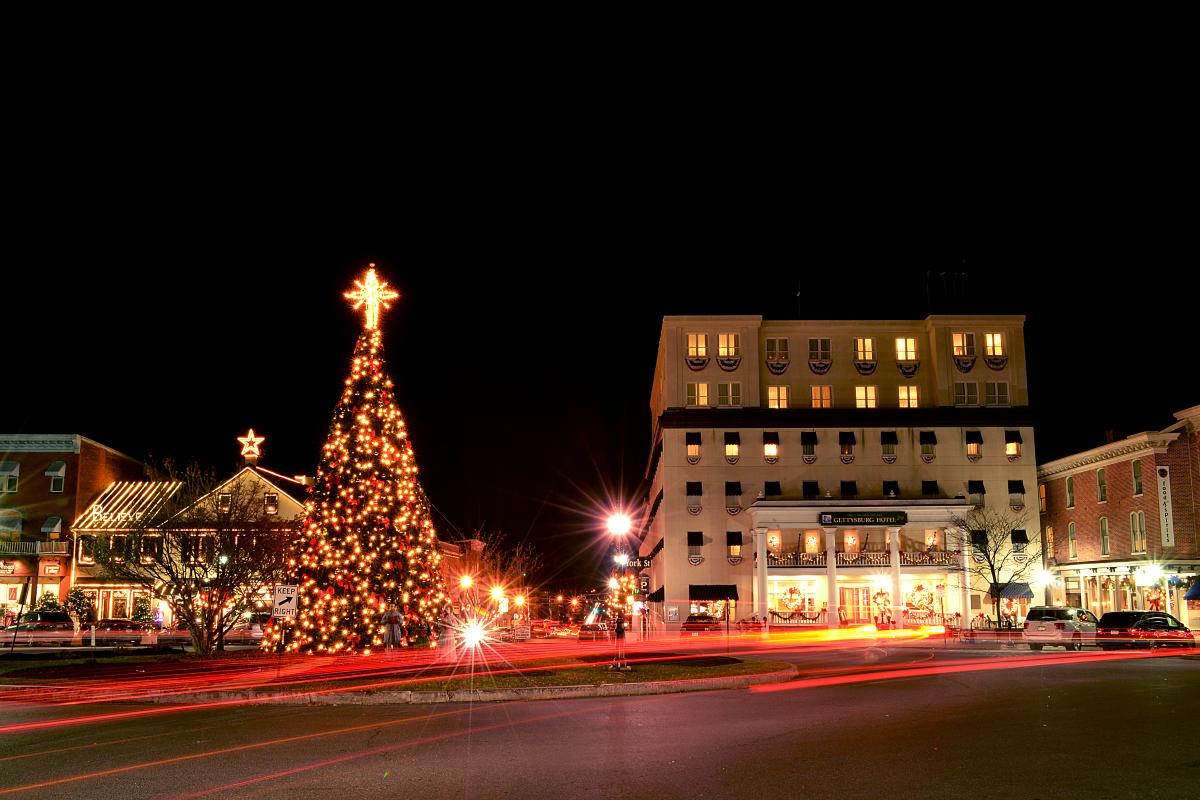 Christmas on the Square
Christmas on the Square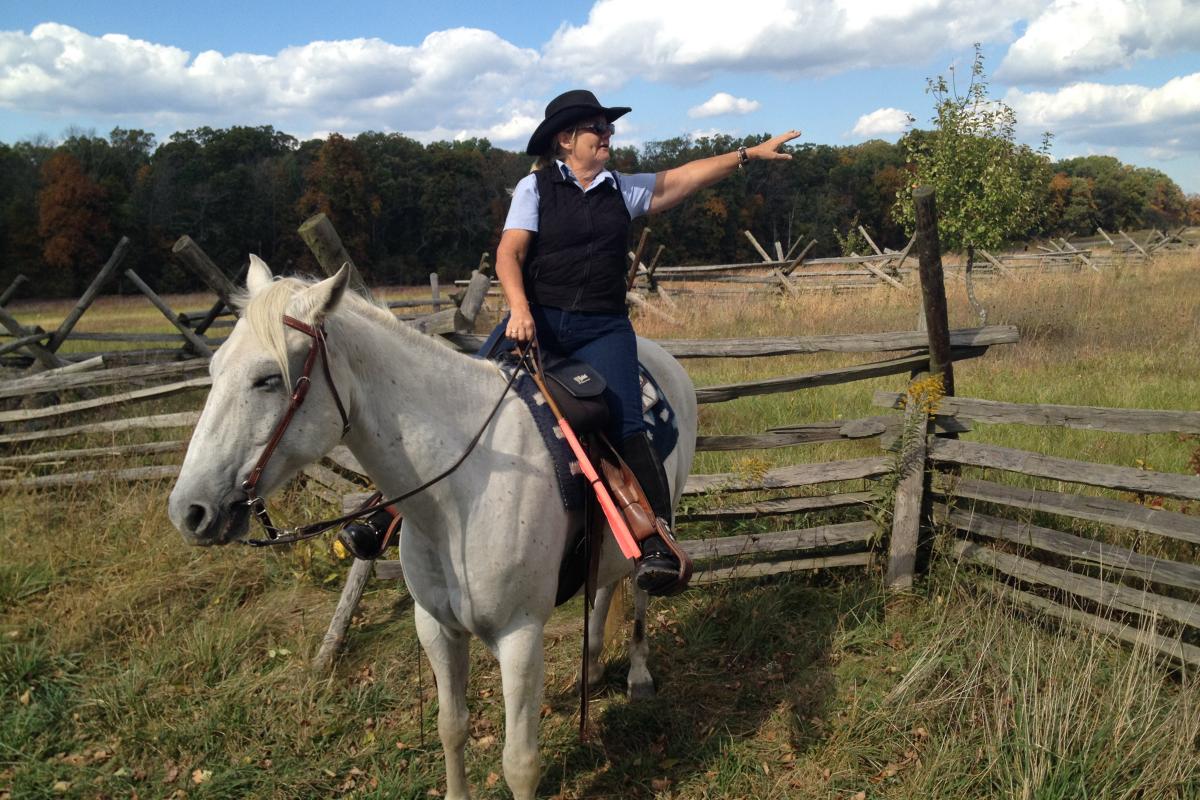 Equestrian Ride
Equestrian Ride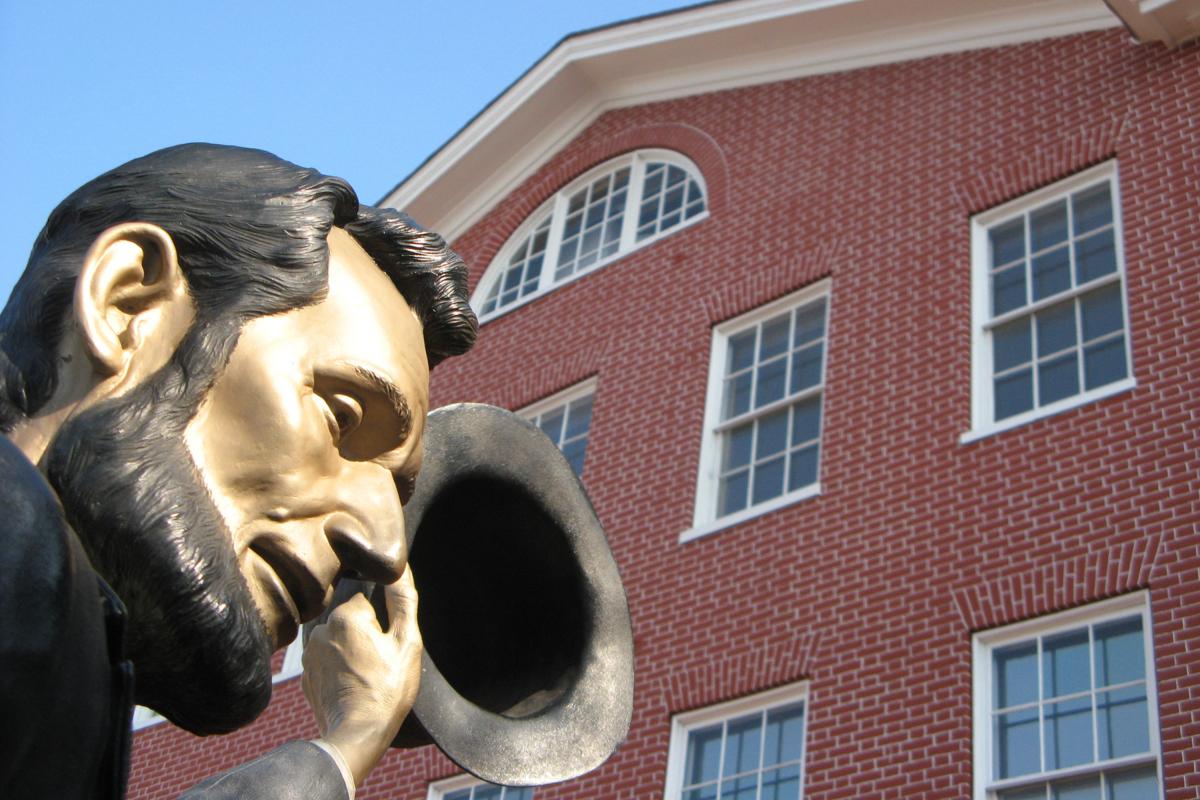 Hats Off Abe
Hats Off Abe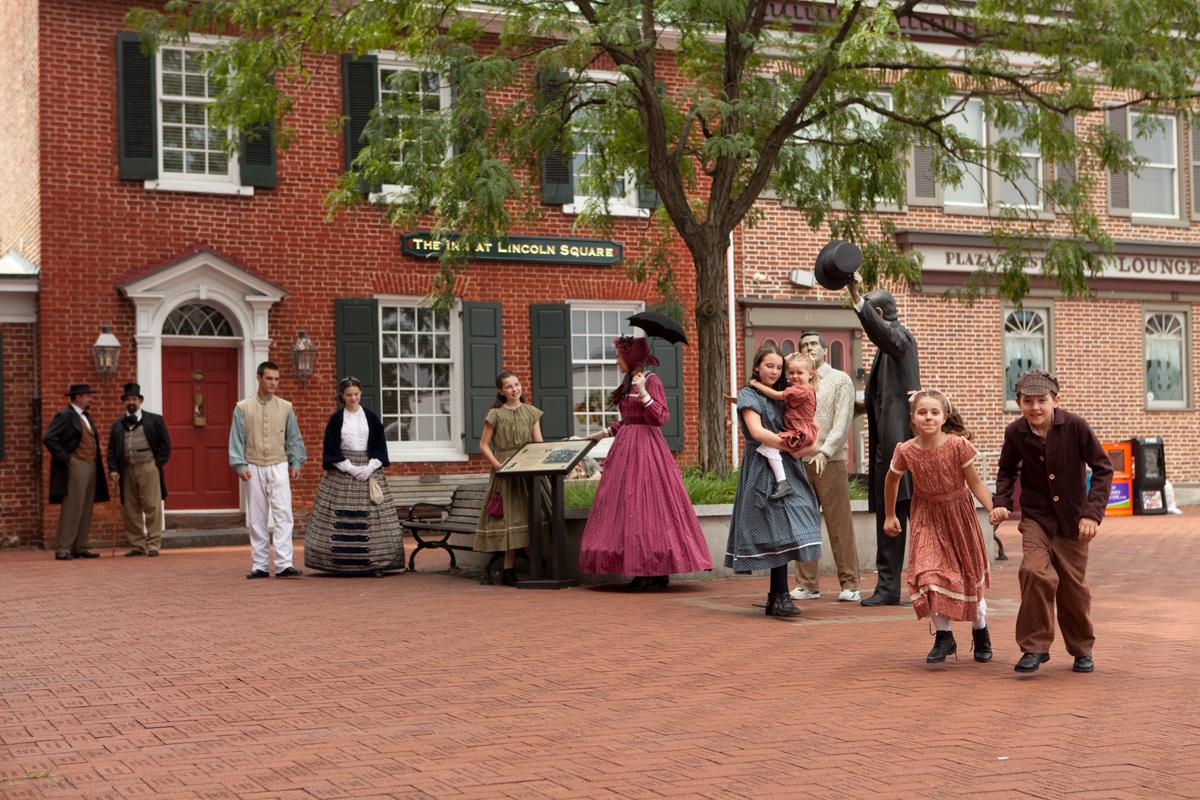 Period Costume
Period Costume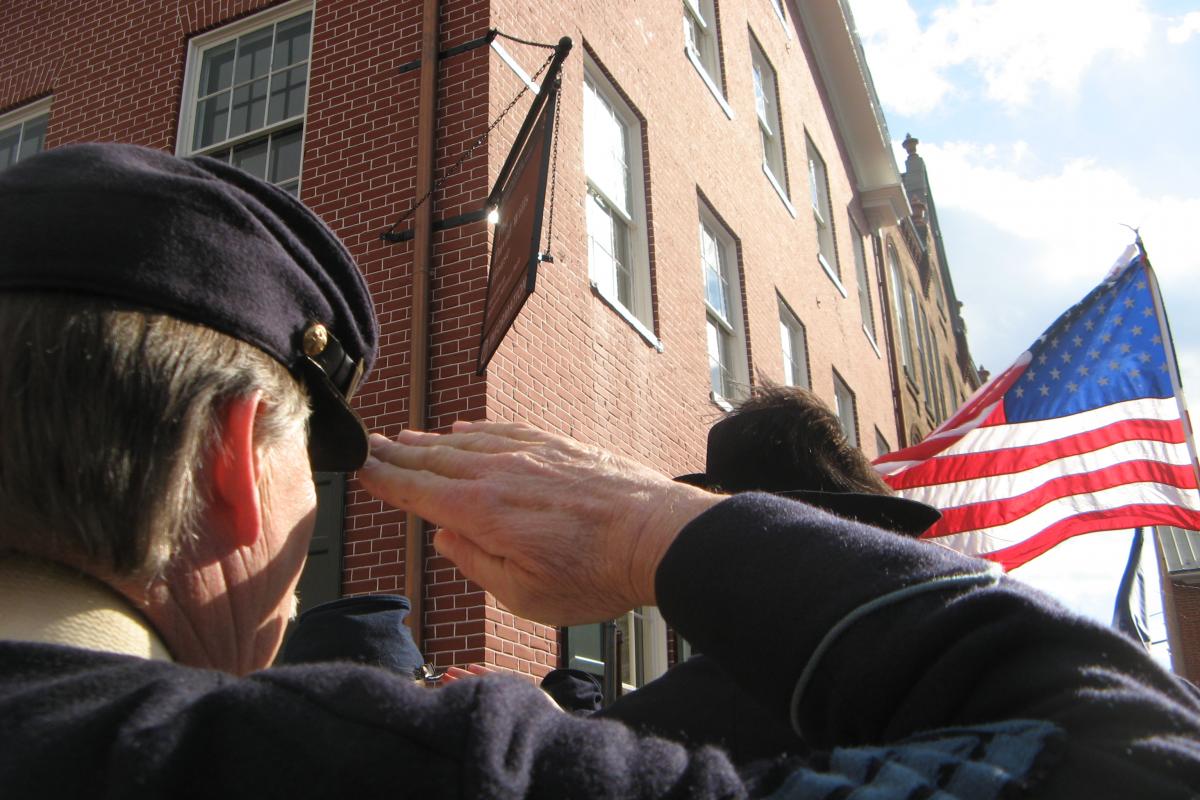 Salute
Salute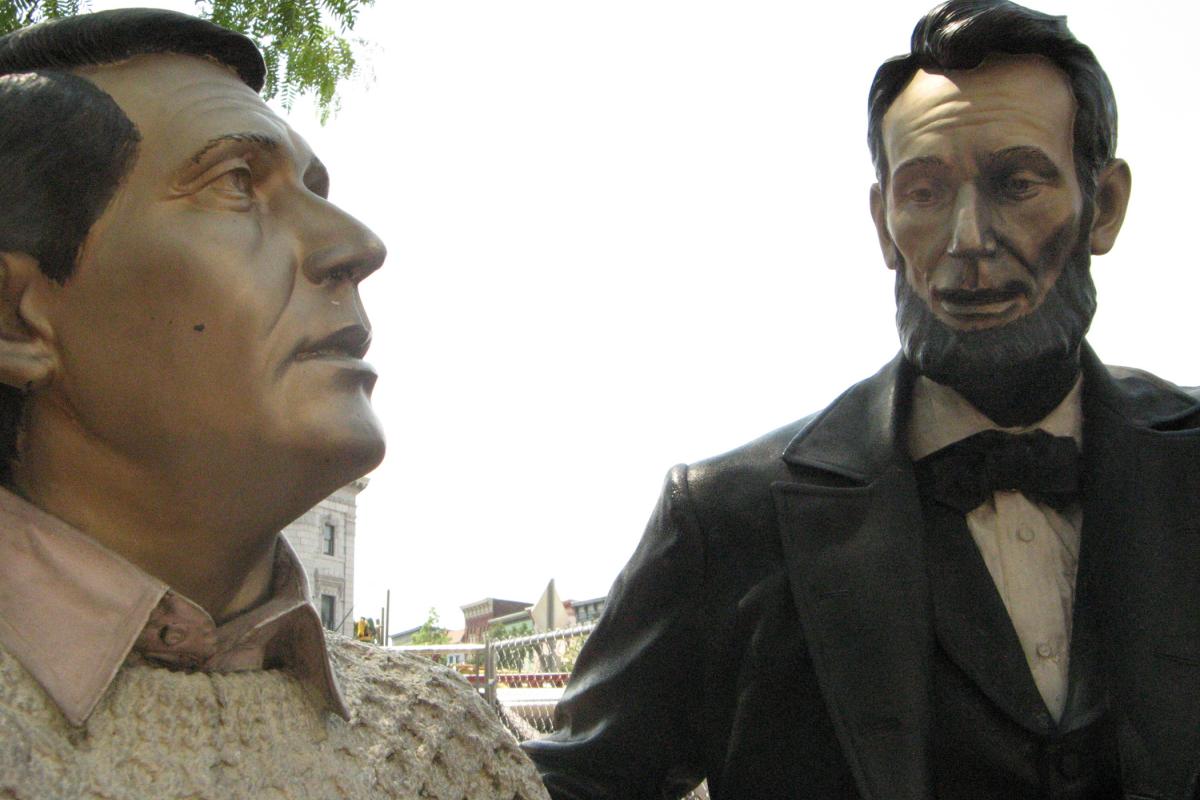 Return Visit
Return Visit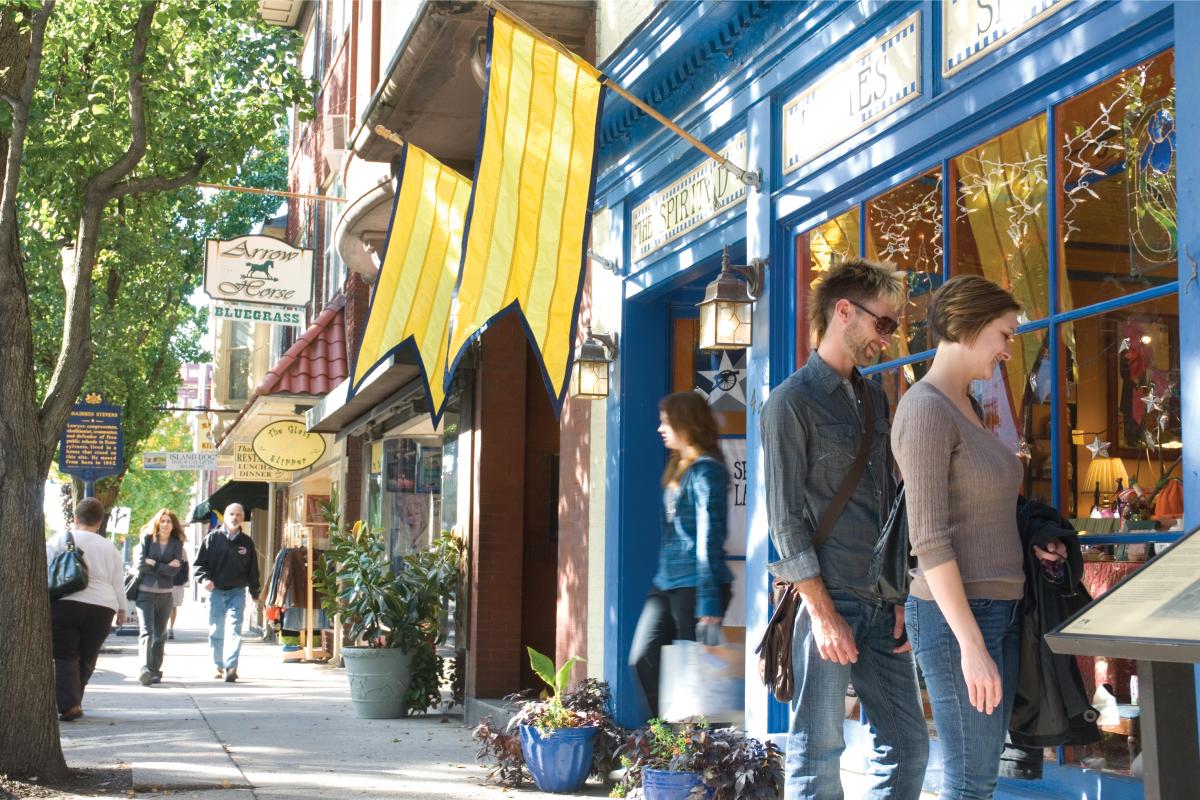 Looking for the Perfect Gift
Looking for the Perfect Gift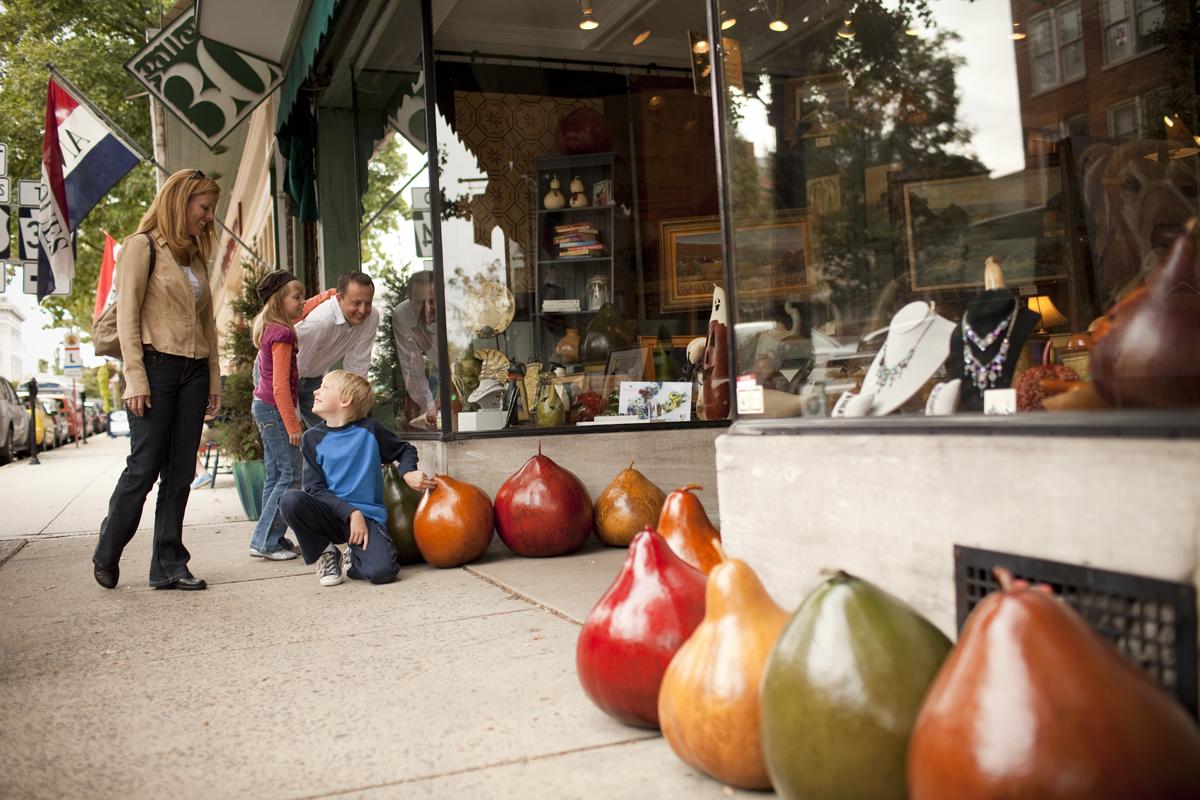 Outdoor Markets
Outdoor Markets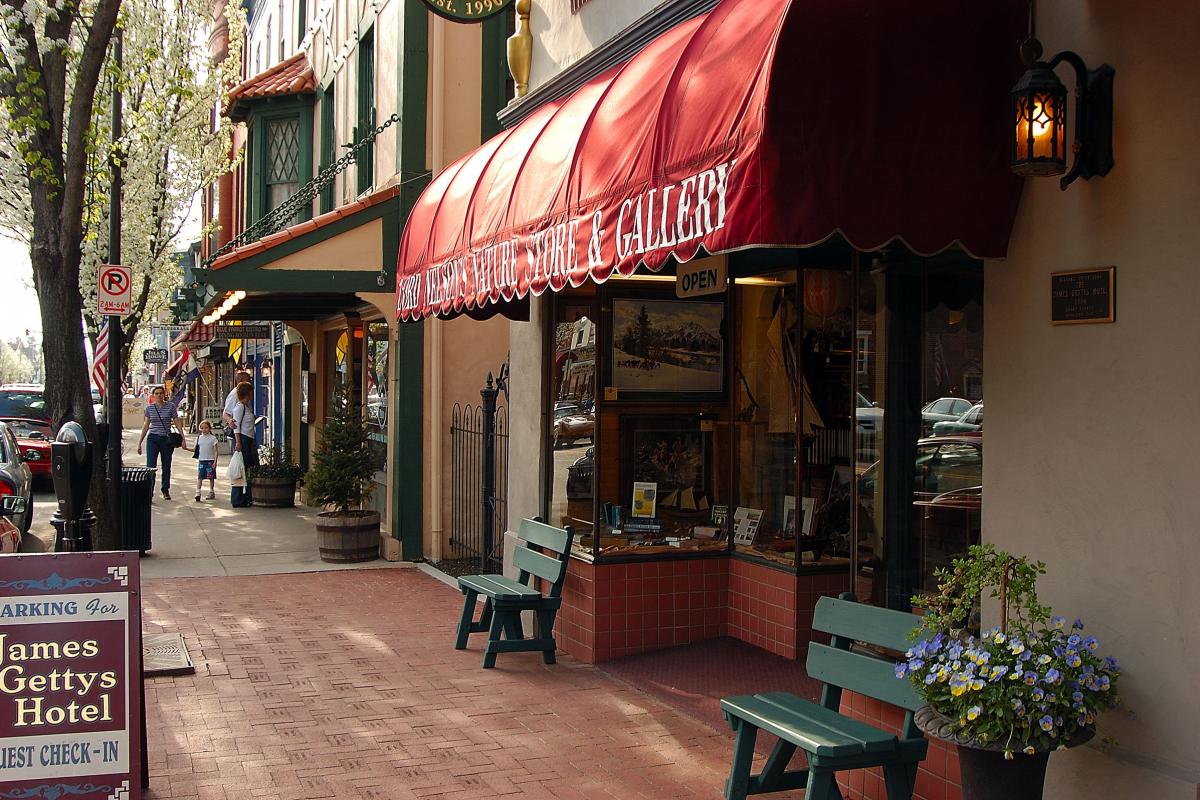 Hospitality
Hospitality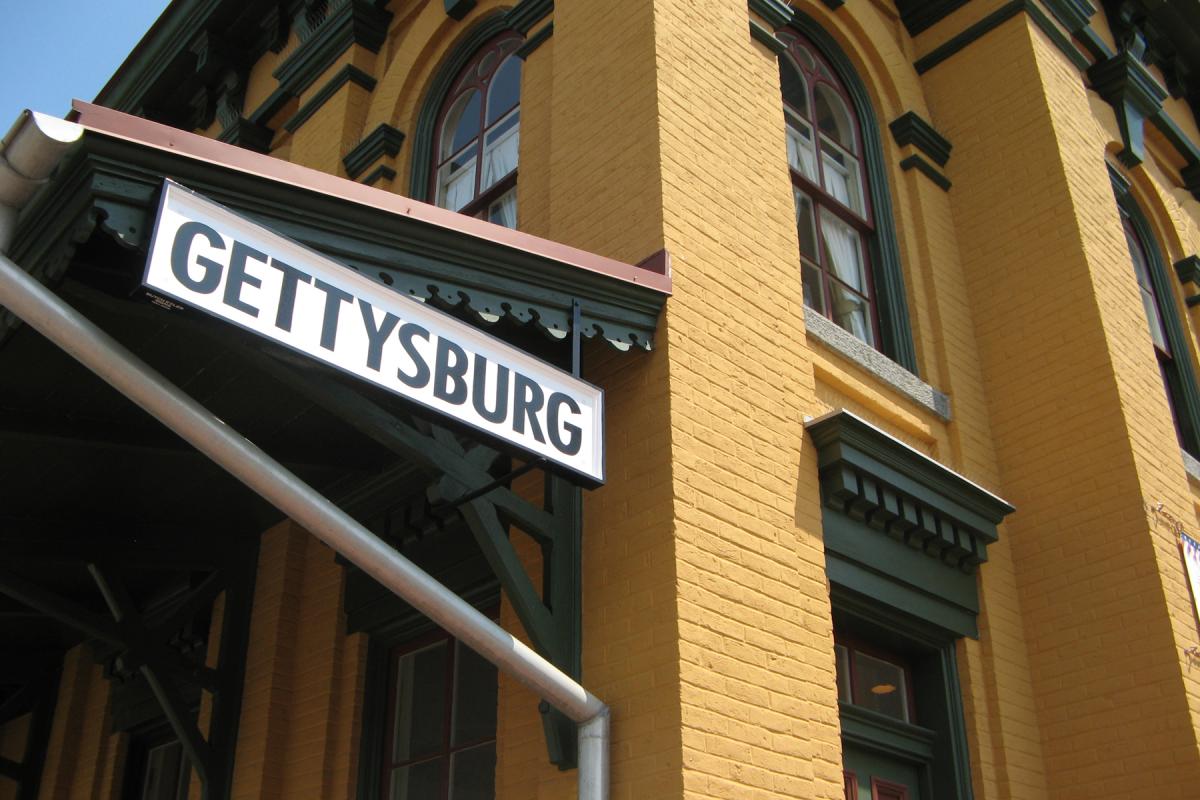 Lincoln Train Station
Lincoln Train Station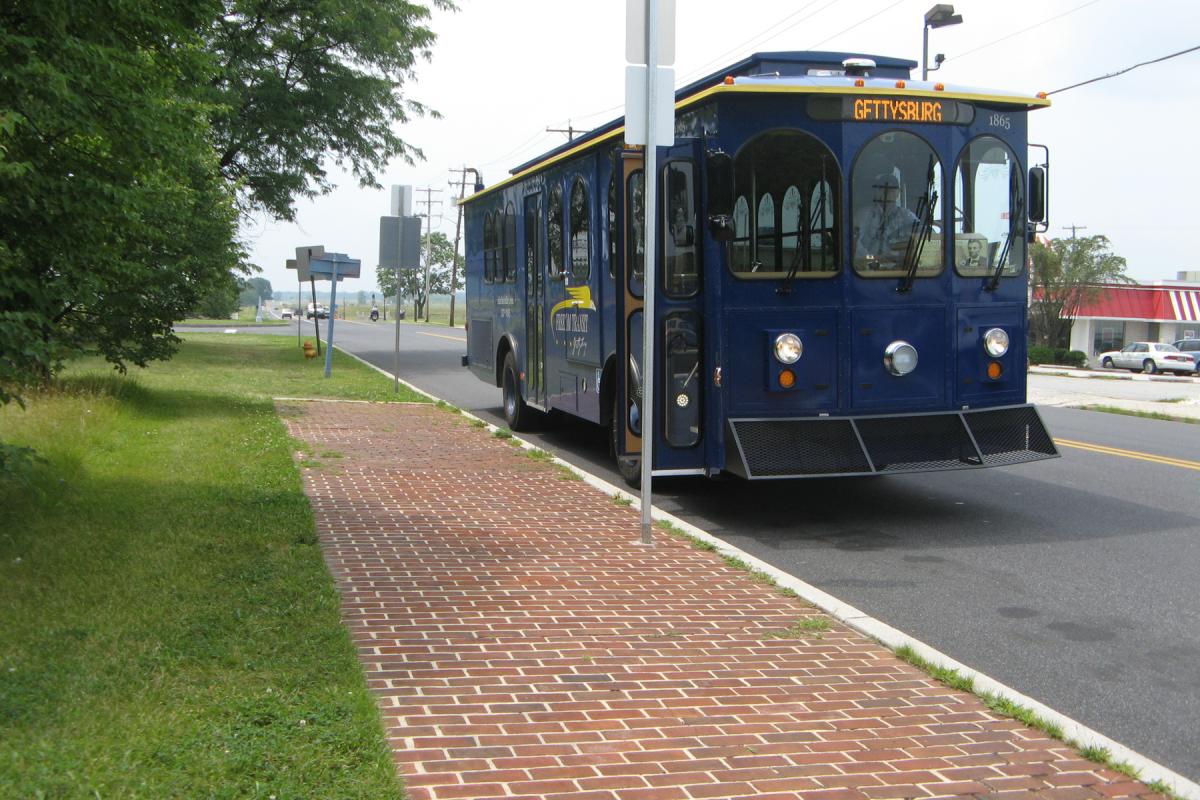 Trolley
Trolley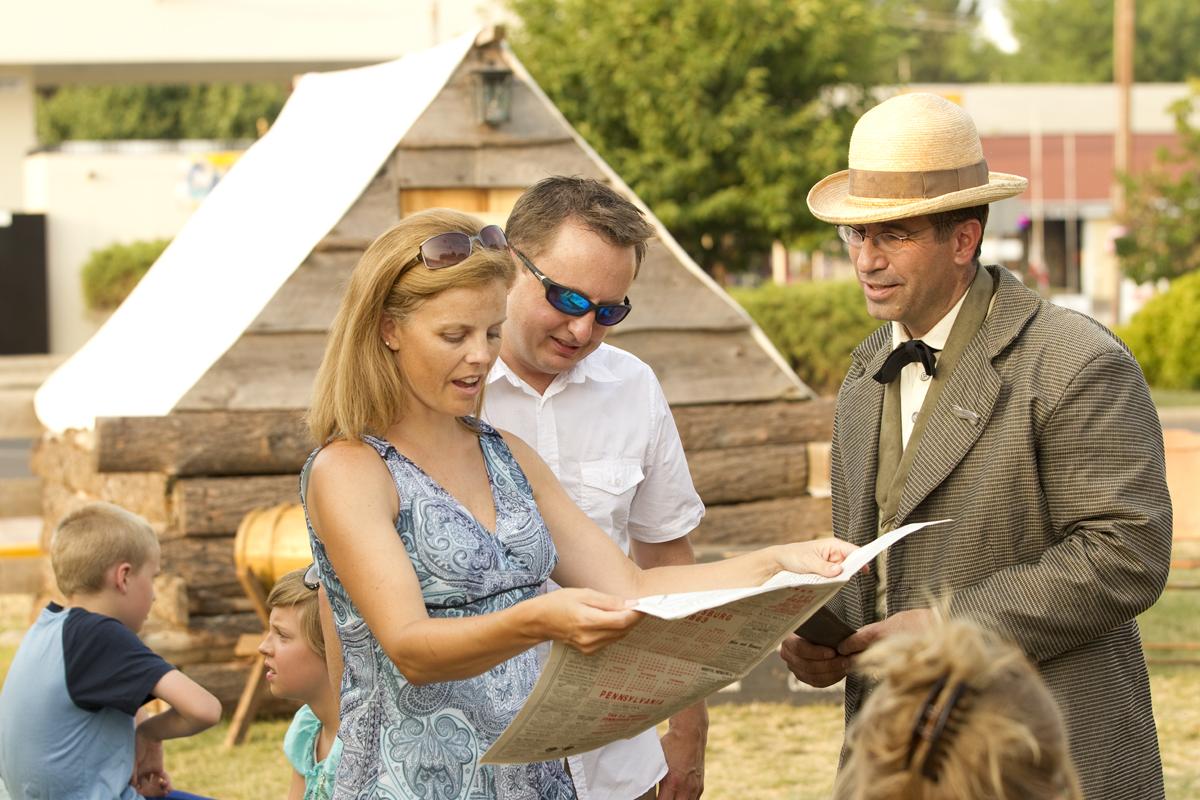 Living History
Living History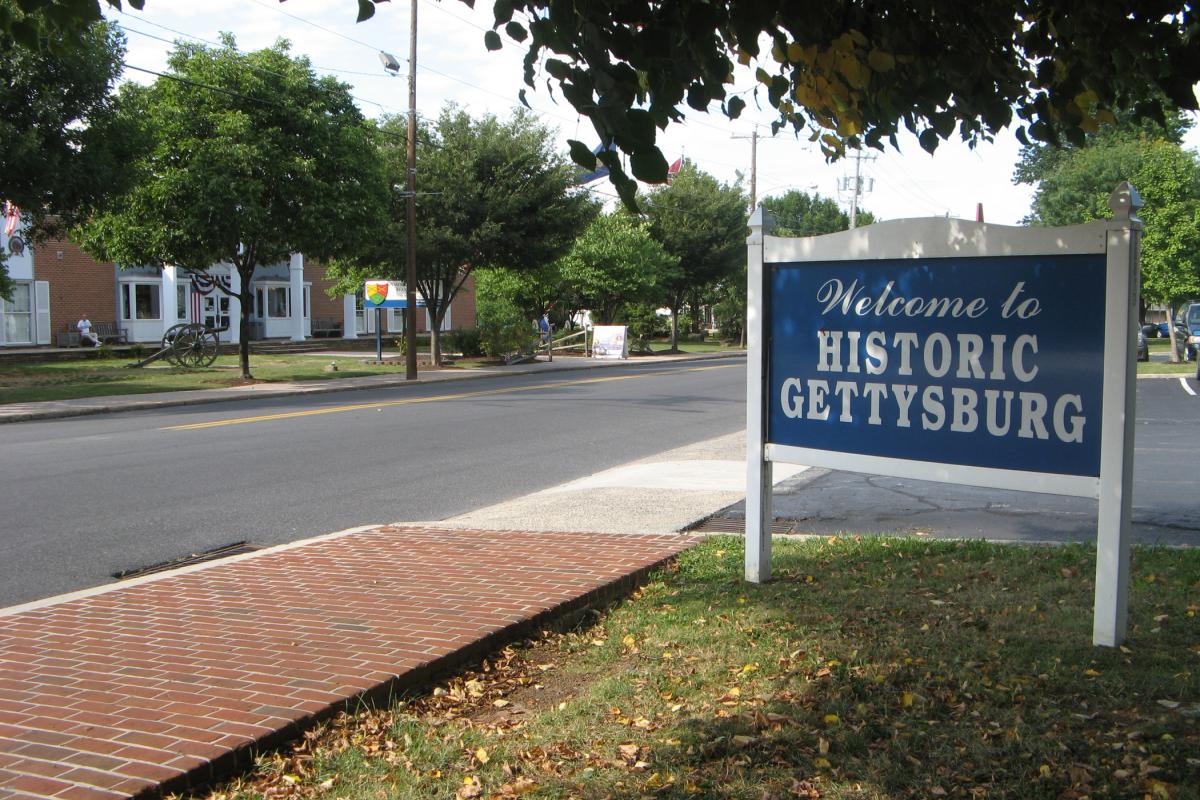 Welcome
Welcome
Note: Much of the narrative below is sourced via Wikipedia
Gettysburg is a borough and the county seat of Adams County in the U.S. state of Pennsylvania. The Battle of Gettysburg (1863) and President Abraham Lincoln's Gettysburg Address are named for this town. The town hosts visitors to the Gettysburg National Battlefield in the Gettysburg National Military Park. As of the 2010 census, the borough had a population of 7,620 people.
Early History
Samuel (also reported as James) Gettys settled at the Shippensburg–Baltimore and Philadelphia–Pittsburgh crossroads with a 1761 tavern where soldiers and traders came to rest. To the southwest is the 1776 Dobbin House Tavern within the subsequent 1786 border established for the borough. After a "Strabane" township location between "Hunter's and Getty's towns" was planned as the county seat in 1790, in 1791 "Revd. Alexander Dobbin and David Moore, Sr. were appointed trustees for the county of Adams to erect public buildings in…Gettysburg." The founder of the Studebaker Corporation was born in 1833 in Gettysburg.
In 1858 the Gettysburg Railroad completed construction of a railroad line from Gettysburg to Hanover. The Gettysburg Railroad Station opened in 1859. Passenger train service to the town ended in 1942. The station was restored in 2006. In 2011, Senator Robert Casey introduced S. 1897, which would include the railroad station within the boundary of Gettysburg National Military Park.
By 1860, the borough had ~450 buildings which housed carriage manufacturing, shoemakers, and tanneries.
Furniture
Furniture manufacturing grew in Gettysburg in the early 1900s. The Gettysburg Manufacturing Company was formed in 1902 to manufacture a variety of residential furniture. It had become the Gettysburg Furniture Company by 1912. Another local furniture company was the Warner Furniture company and its successor, the Engle Furniture Company, which commenced making residential furniture in 1905. Engle became the Reaser Furniture Company in 1907, and continued to produce dozens of styles. In 1917 the joint venture Stouck-Reaser Company formed to buy, sell and deal in wholesale lumber products. The company continued to appear in local newspapers through the 1920s.
Furniture production remained an important industry in the area through the 1920s. In 1920 the Gettysburg Panel Company formed to manufacture veneer panels for the other firms. In 1923, the Gettysburg Chair Company was chartered to supply chairs that the local factories needed to complete their bedroom and dining room suites.
In 1923, the borough's production of furniture totaled almost 71,000 pieces. In 1927 there were 522 employees in the three plants: 261 in Gettysburg, 153 in Reaser, and 108 in Panel.
The industry declined in the mid-1900s, however. In 1951, the Stouck-Reaser company obtained a permit for a new office building, and the other companies were sold. The Gettysburg Furniture Company factory closed in 1960, becoming a warehouse and distribution point for other furniture factories outside Pennsylvania. A facility of the Dolly Madison Industries, Furniture Division, was located in Gettysburg in 1966.
Tourism
Gettysburg manufacturing associated with tourism included a late 19th-century foundry that created gun carriages and bridgeworks for the Gettysburg Battlefield, as well as a construction industry for hotels, stables, and other buildings for tourist services. Early tourist buildings in the borough included museums (like the 1881 Danner Museum), souvenir shops, buildings of the electric trolley (preceded by a horse trolley from the Gettysburg Railroad Station to the Springs Hotel), and stands for hackmen who drove visitors in jitneys (horse-drawn group taxis) on tours. Modern tourist services in the borough include ghost tours, bed and breakfast lodging, and historical interpretation (reenactors, etc.).
Today, the main industry of the borough is tourism associated with such historic sites as Gettysburg National Military Park (including the Gettysburg National Cemetery) and Eisenhower National Historic Site. Gettysburg has many activities and tours to offer to vacationers and tourists who are interested in the Gettysburg area and the history of the community and the battle. Tourists for the annual reenactment of the Battle of Gettysburg use borough facilities, which include the Dobbin House Tavern and Hotel Gettysburg.
Every year from July 1-3 volunteers reenact the Battle of Gettysburg. Each day re-enactors display a different part of the battle as well as commentary regarding the hardships of the battles. The battles are narrated by the battlefield guides of the Gettysburg National Military Park.
Geography
Gettysburg is located on U.S. Route 30 about 25 miles (40 km) west of York, Pennsylvania. Rock Creek, a tributary of the Monocacy River and part of the Potomac River watershed, flows along its eastern edge. According to the United States Census Bureau, the borough has a total area of 1.7 square miles (4.3 km2), all land.
Climate
Gettysburg lies in the transition zone between the humid continental climate of northern and central Pennsylvania to the north and the humid subtropical climate of central Maryland to the south, with hot, humid summers and cool winters. On average, January is the coldest month, with an average temperature of 30 °F (−1 °C). Winters range from cool to moderately cold, with relatively frequent snowfalls. July is the warmest month, with an average temperature of 74.5 °F (23.6 °C), and June is the wettest month. The hottest temperature recorded in Gettysburg was 104 °F (40 °C) in 1988; the coldest temperature recorded was −25 °F (−32 °C) in 1994.
Demographics
As of the 2010 census, Gettysburg had a population of 7,620, and was 79.6% non-Hispanic white, 10.9% Hispanic or Latino, 5.4% African American, 1.9% Asian, 2.2% all other.
At the 2000 census, the Gettysburg Urban Cluster population was 15,532. At the 2010 census, Gettysburg was included within the Hanover Urban Area, which had a population of 66,301. Gettysburg is the principal city of the Gettysburg, PA Micropolitan Statistical Area.
At the 2000 census, there were 7,490 people, 2,541 households and 1,229 families residing in the borough. The racial makeup of the borough was 85.46% White, 5.79% Black or African American, 0.37% Native American, 1.28% Asian, 0.04% Pacific Islander, 4.67% from other races, and 2.38% from two or more races. 8.02% of the population were Hispanic or Latino of any race.
There were 2,541 households of which 22.5% had children under the age of 18 living with them, 32.6% were married couples living together, 12.6% had a female householder with no husband present, and 51.6% were non-families. 42.5% of all households were made up of individuals and 16.7% had someone living alone who was 65 years of age or older. The average household size was 2.17 and the average family size was 2.94.
16.2% of the population were under the age of 18, 36.2% from 18 to 24, 19.1% from 25 to 44, 15.9% from 45 to 64, and 12.5% who were 65 years of age or older. The median age was 23 years. For every 100 females there were 88.1 males. For every 100 females age 18 and over, there were 85.1 males.
The median household income was $29,840 and the median family income was $40,489. Males had a median income of $30,341 compared with $21,111 for females. The per capita income for the borough was $14,157. About 13.2% of families and 19.4% of the population were below the poverty line, including 24.0% of those under age 17 and 5.2% of those age 77 or over.

